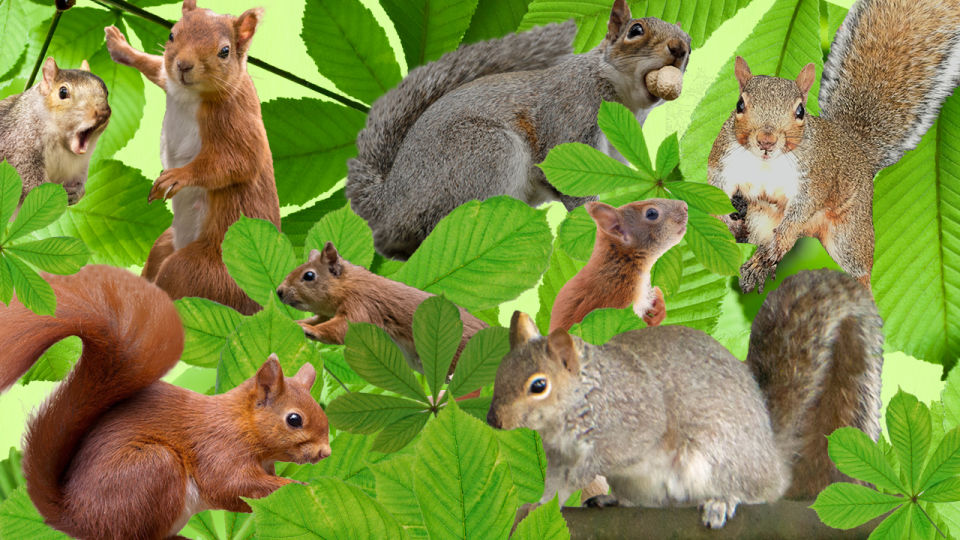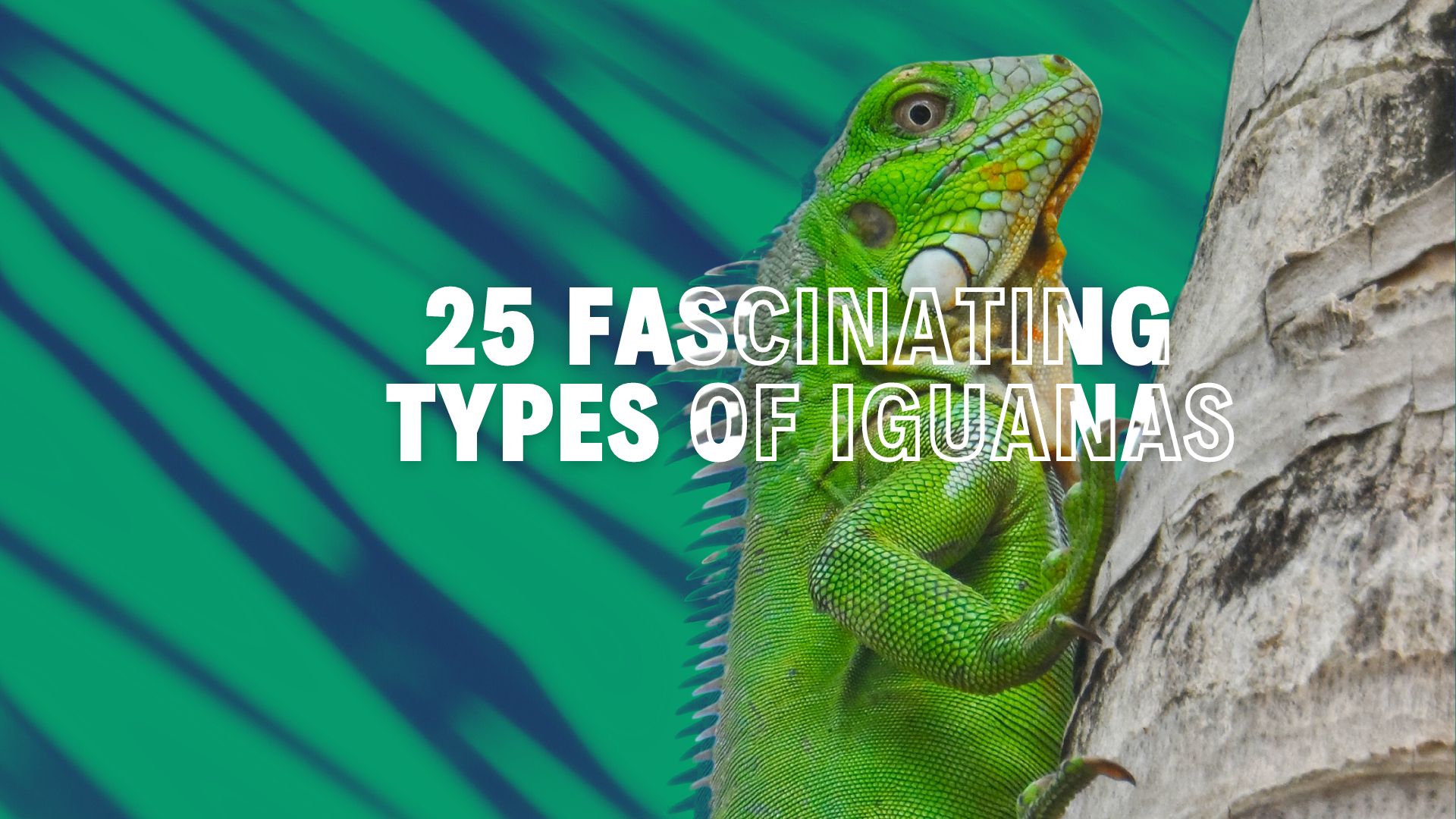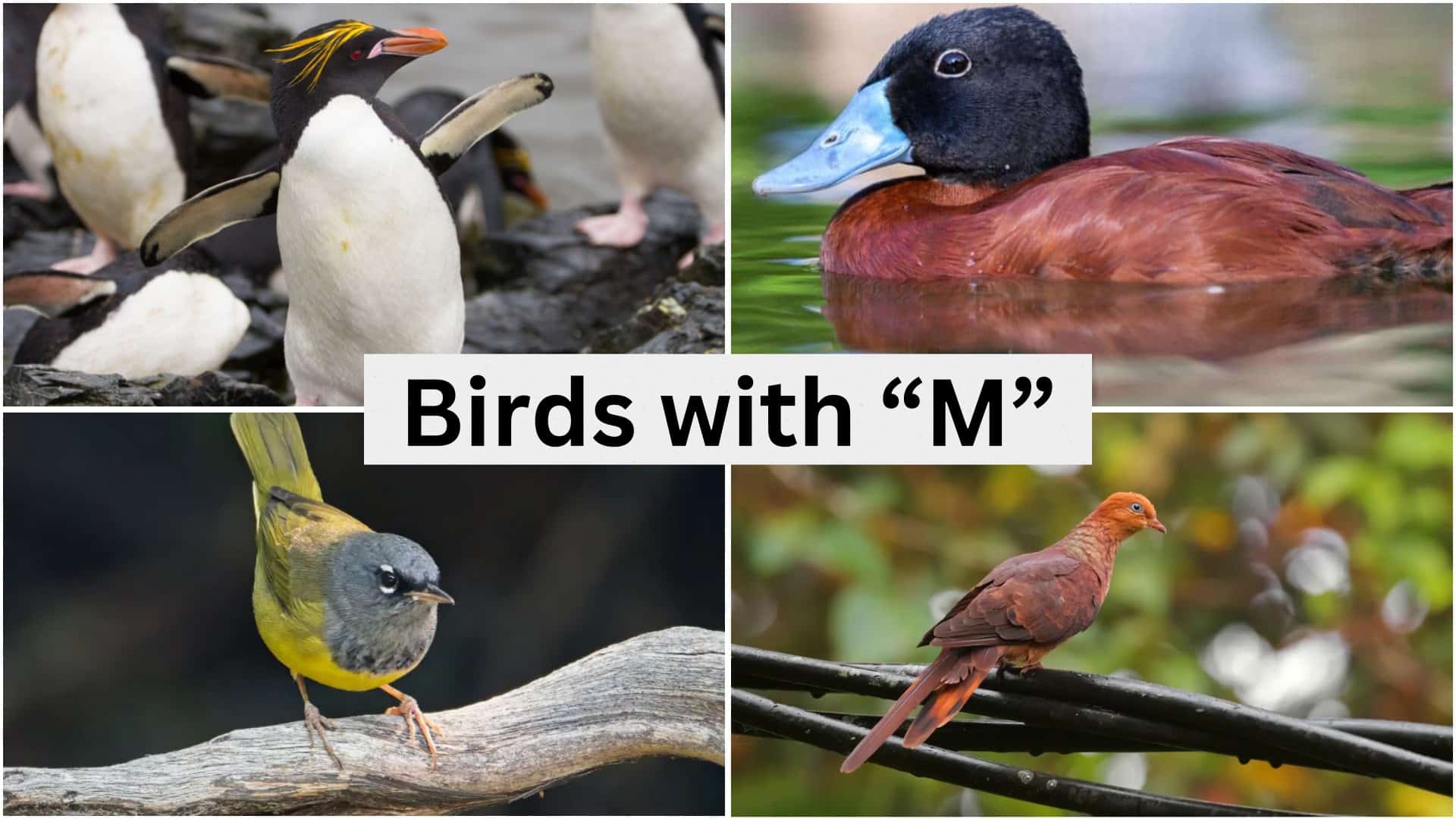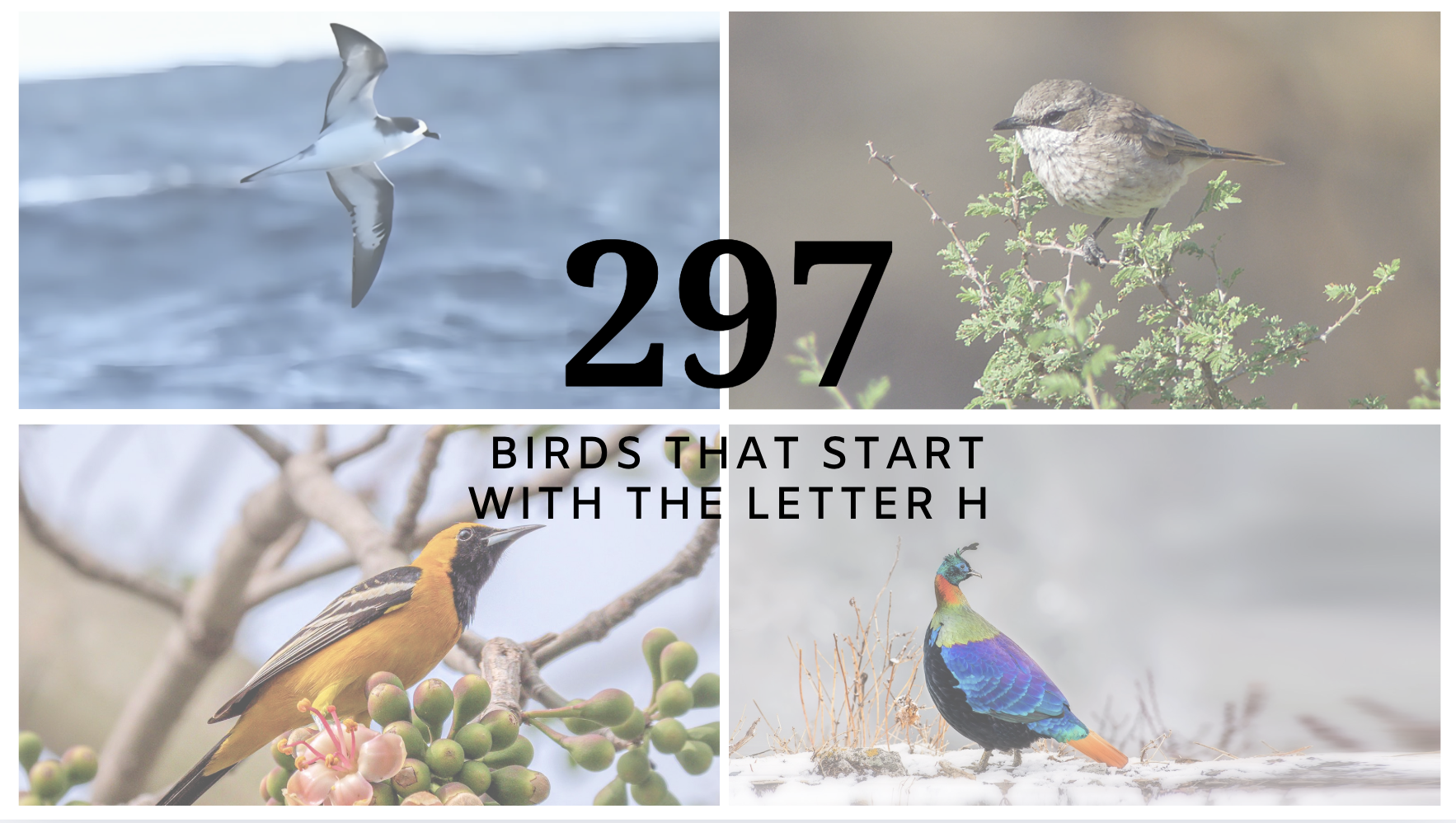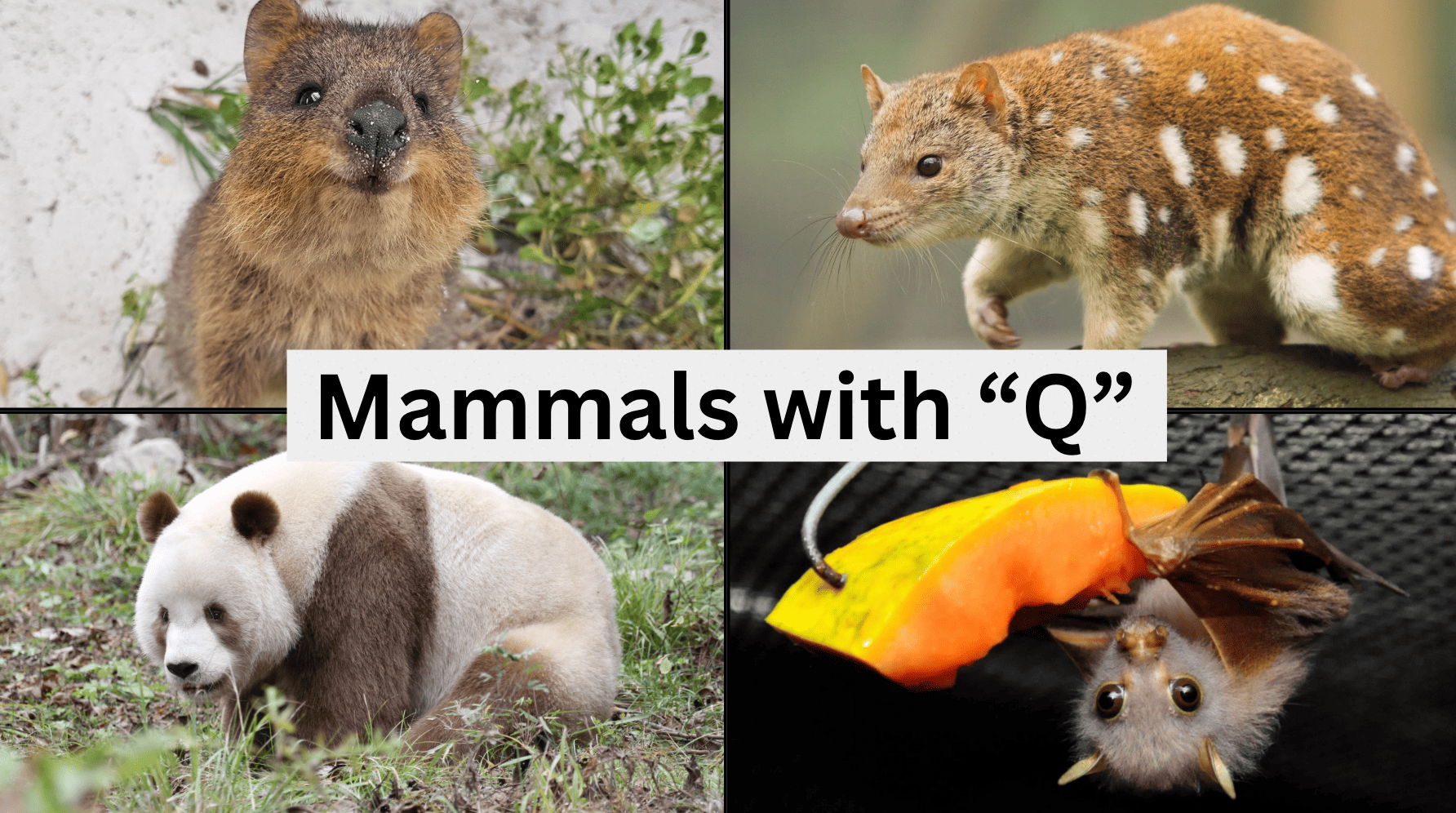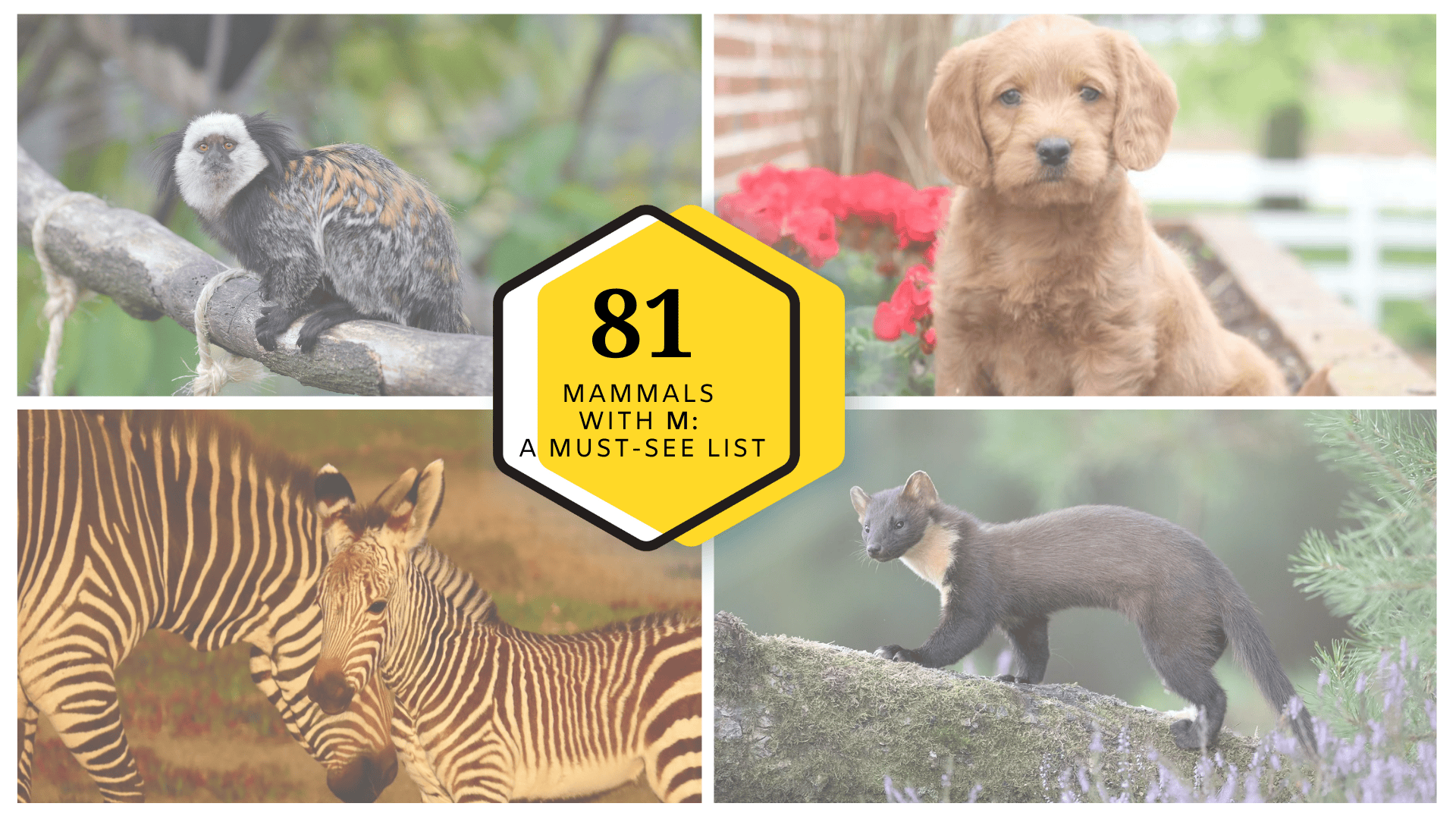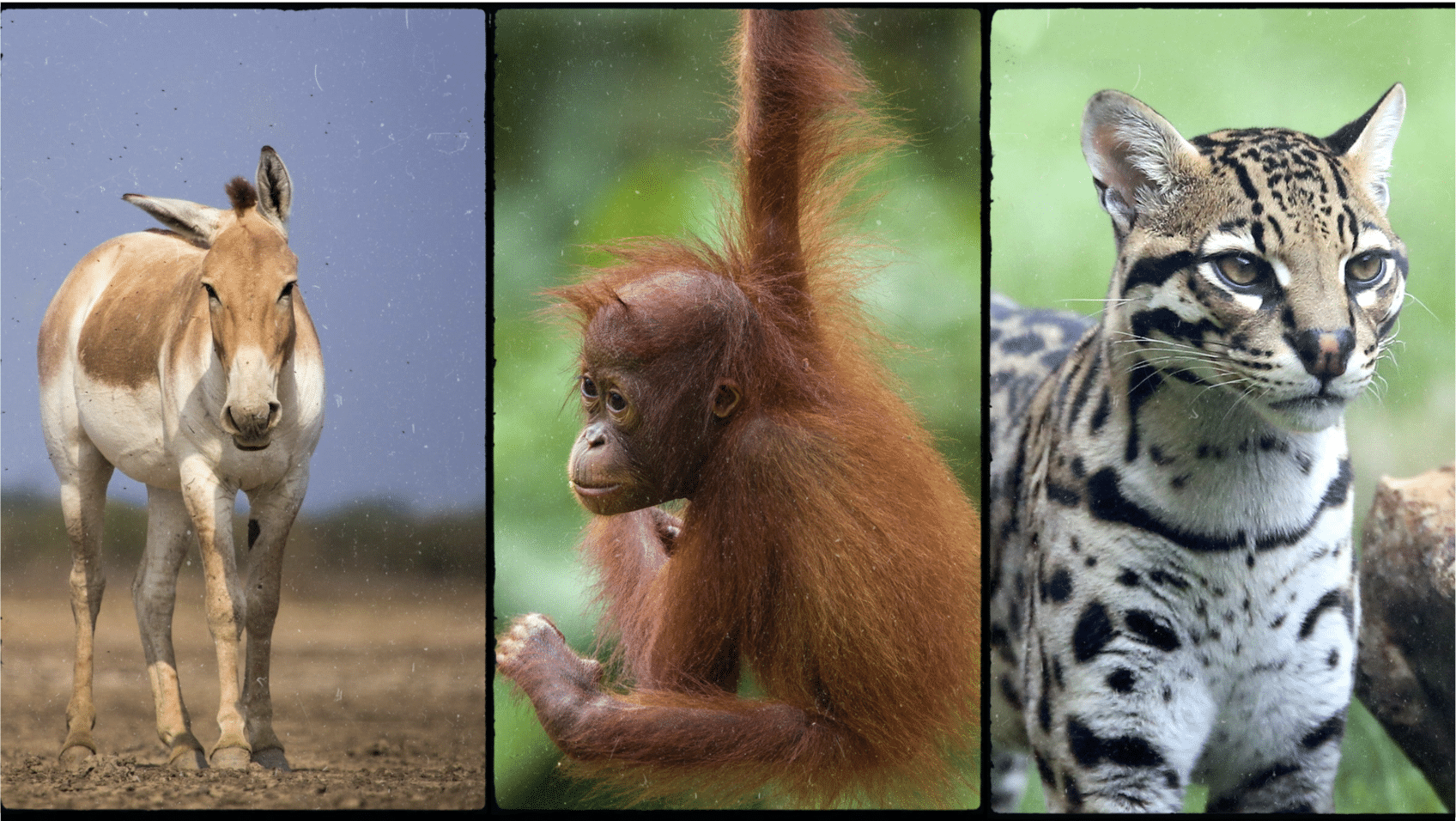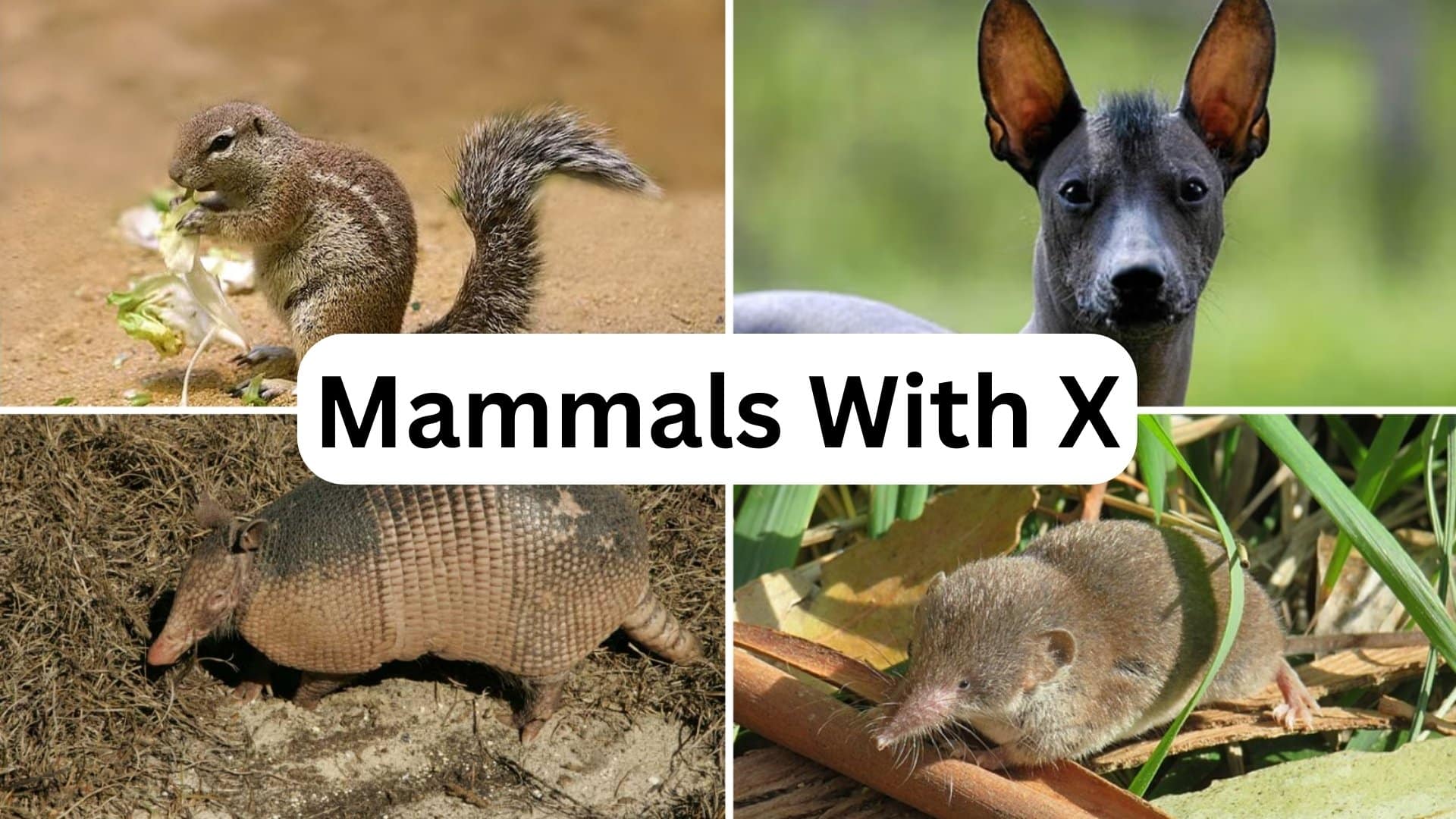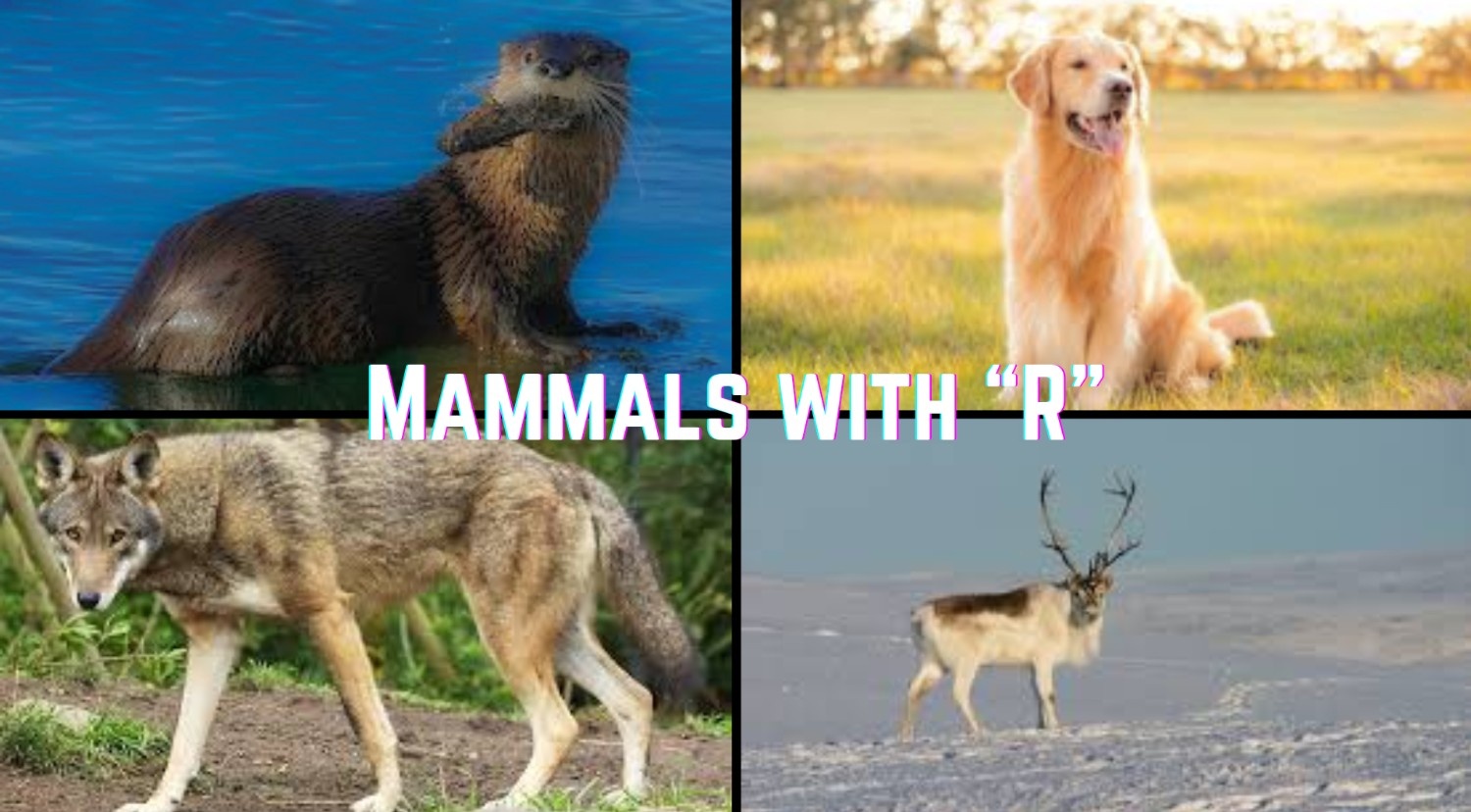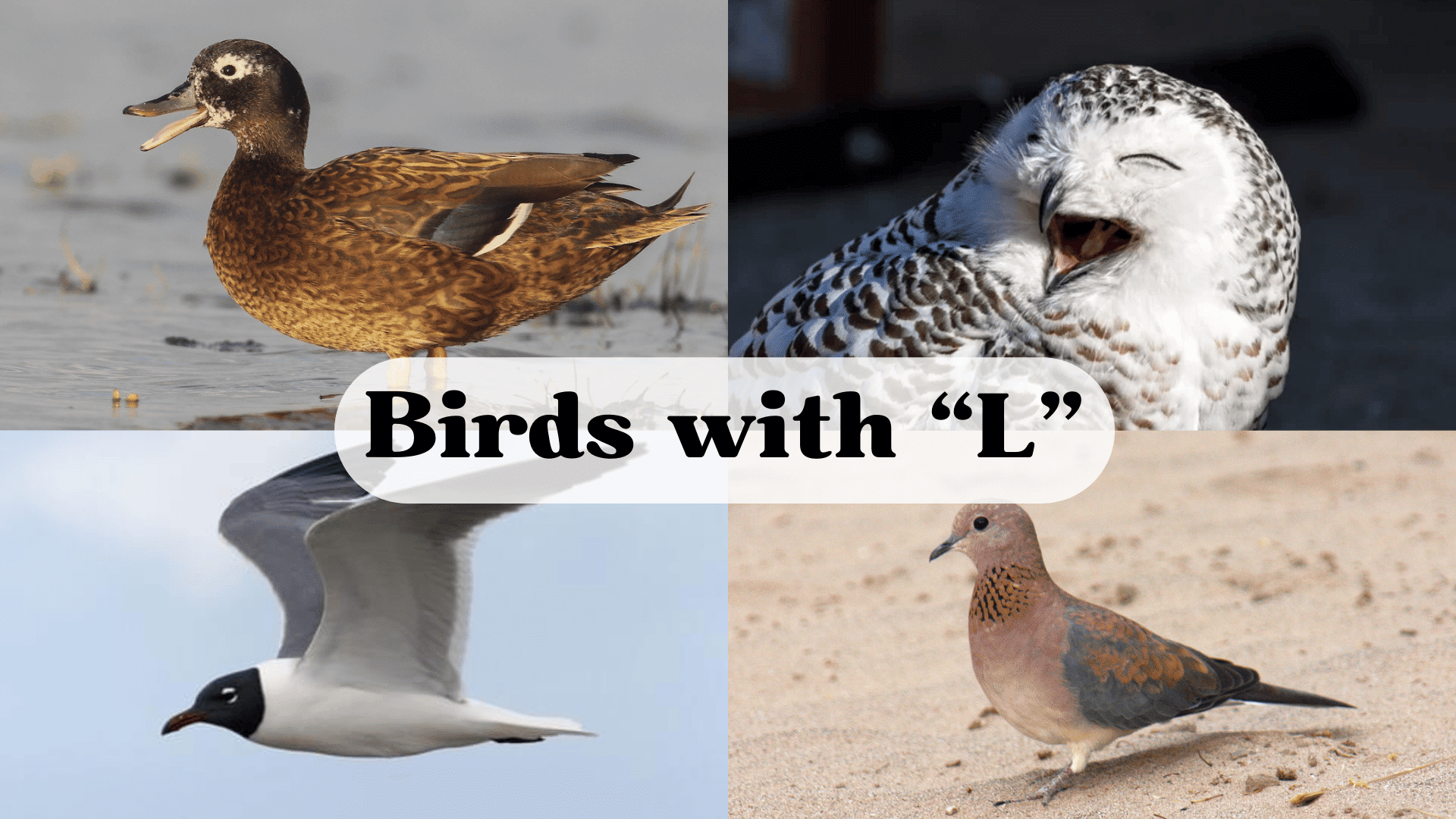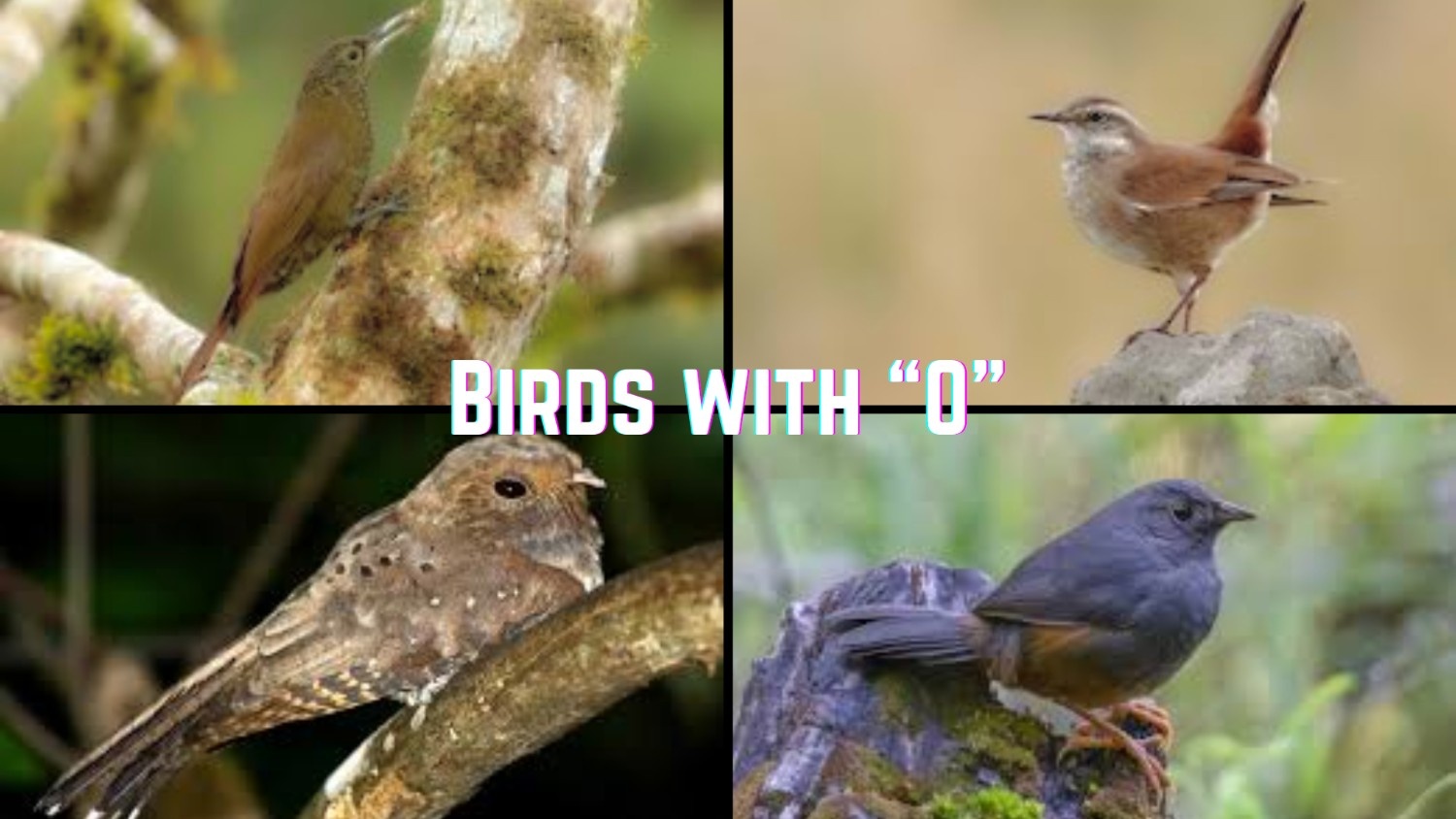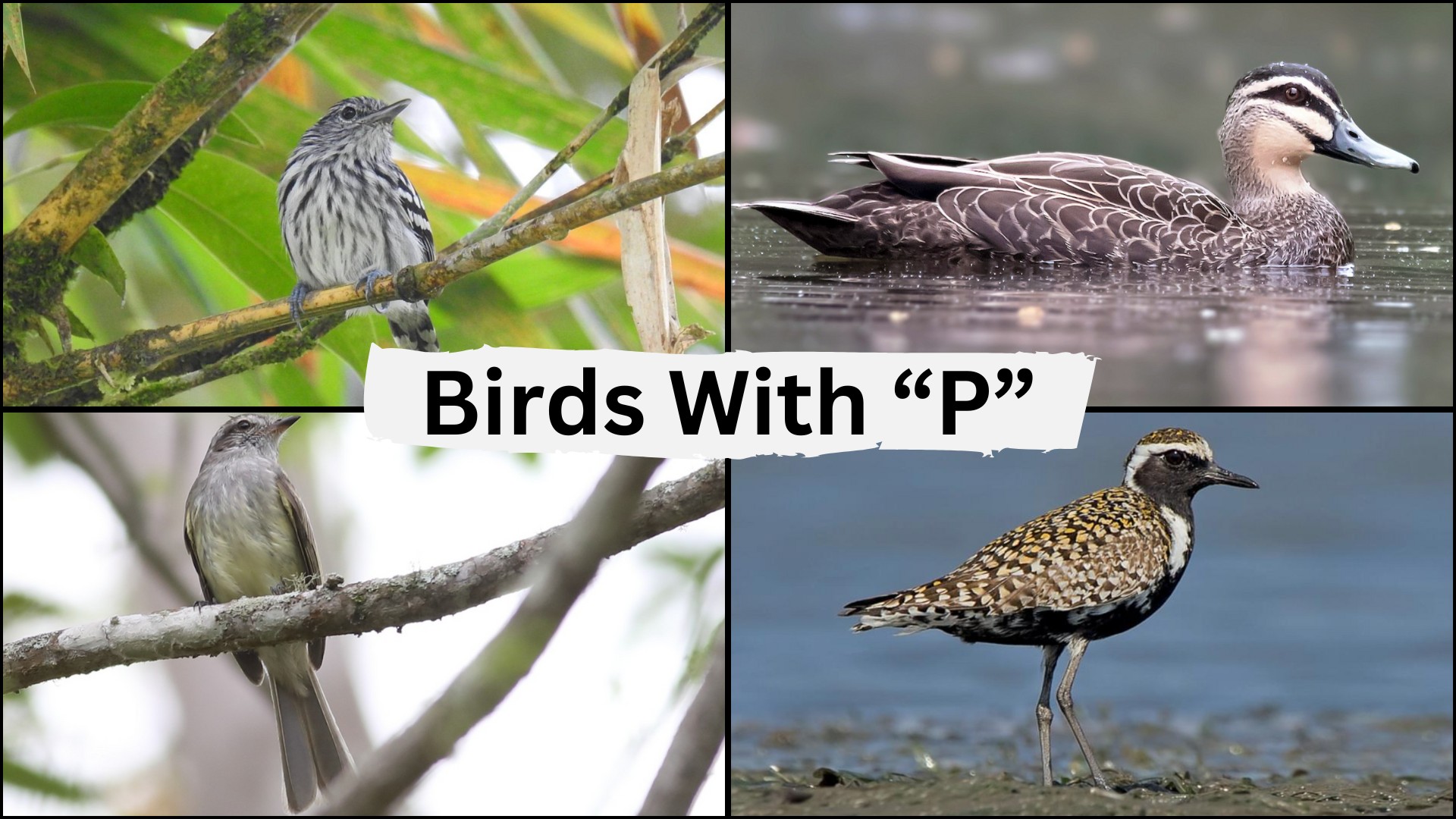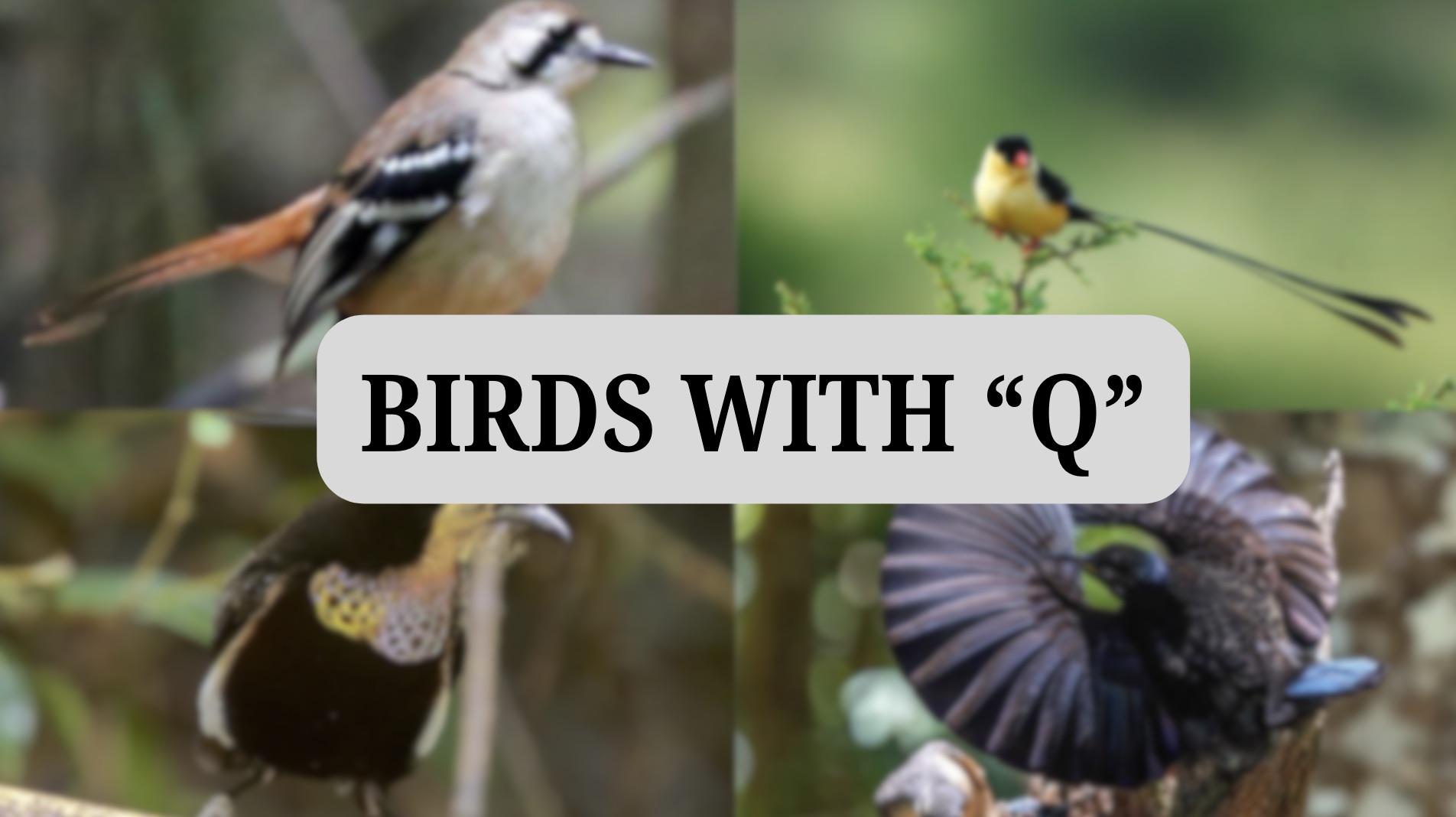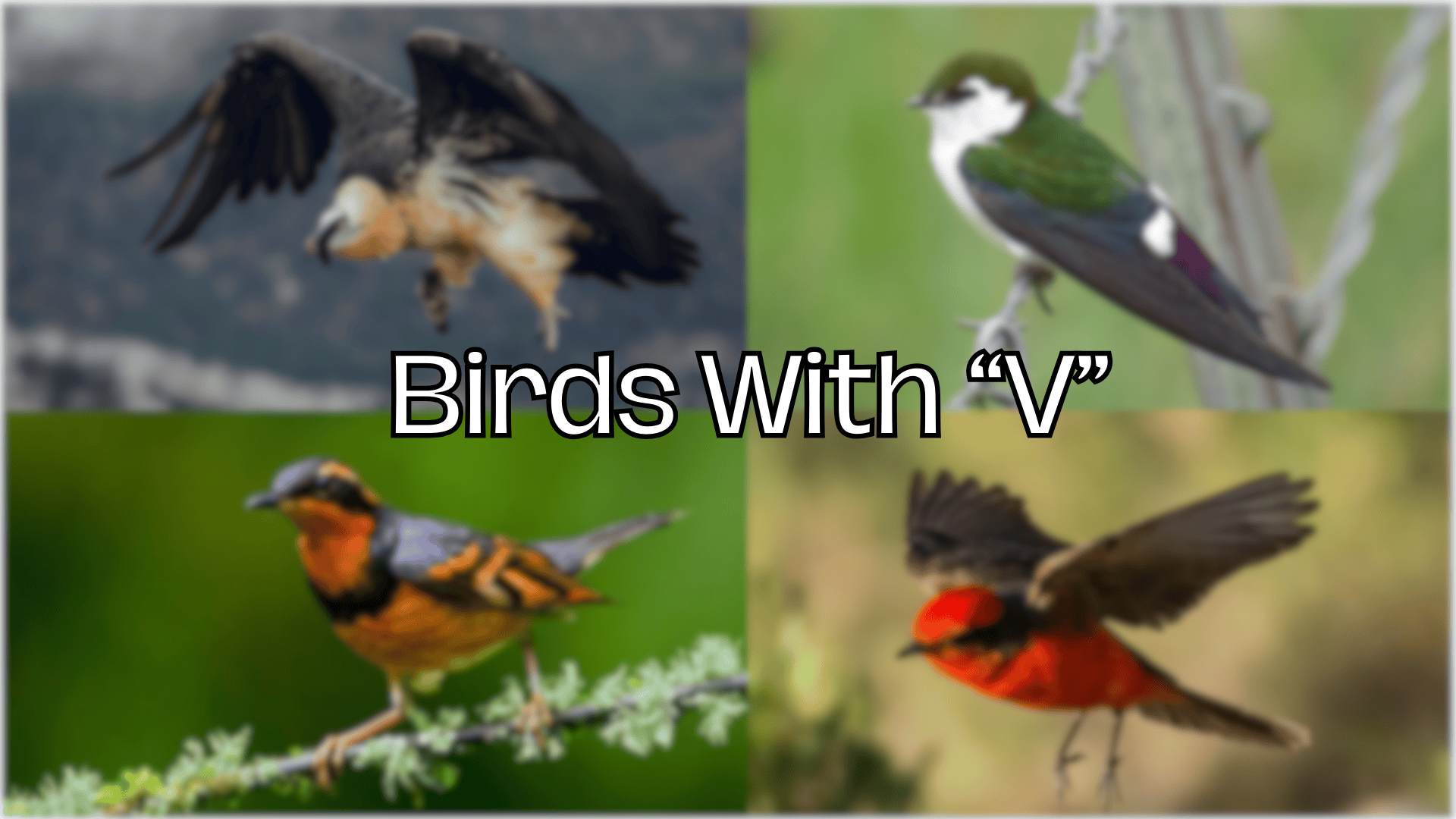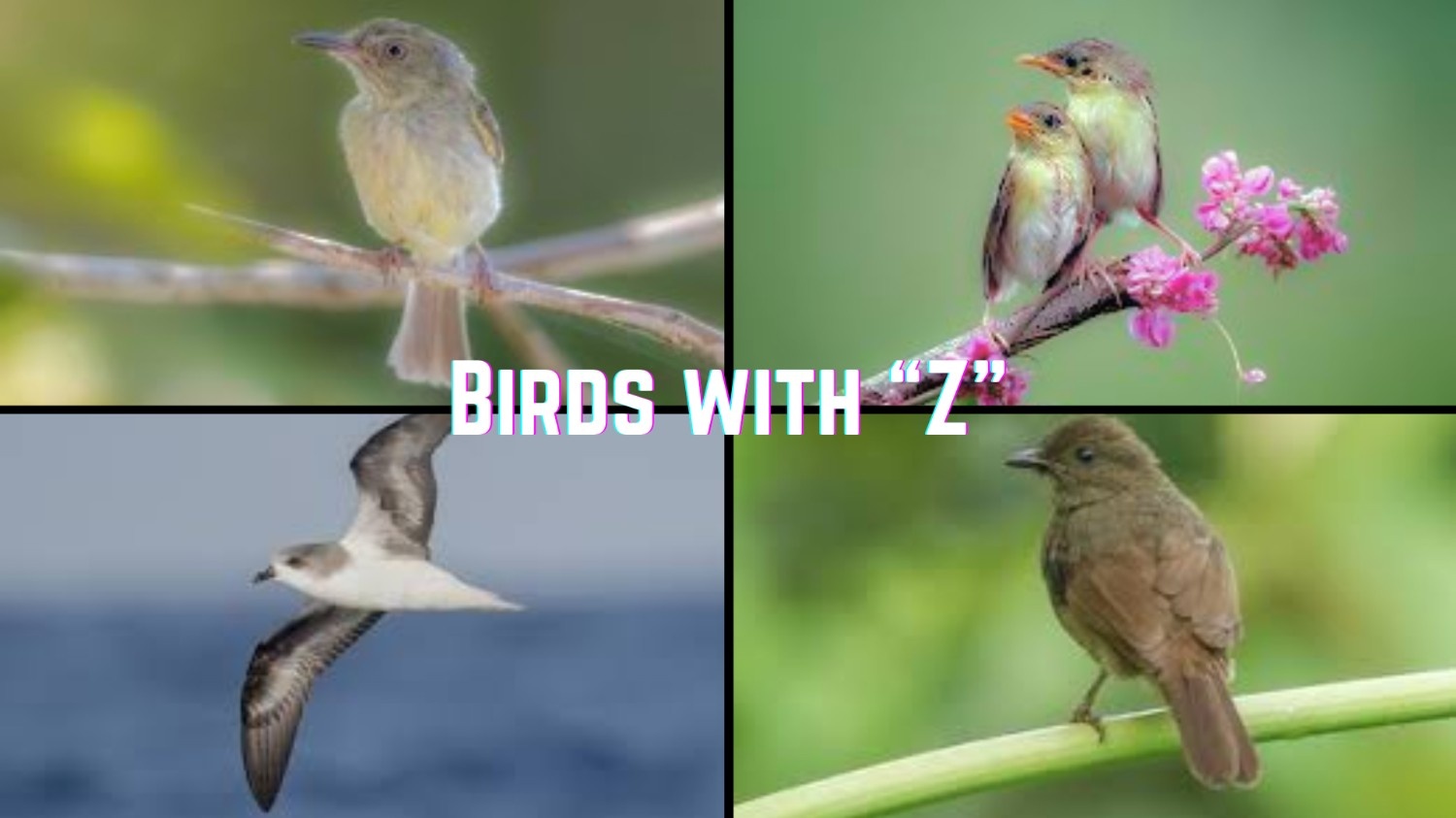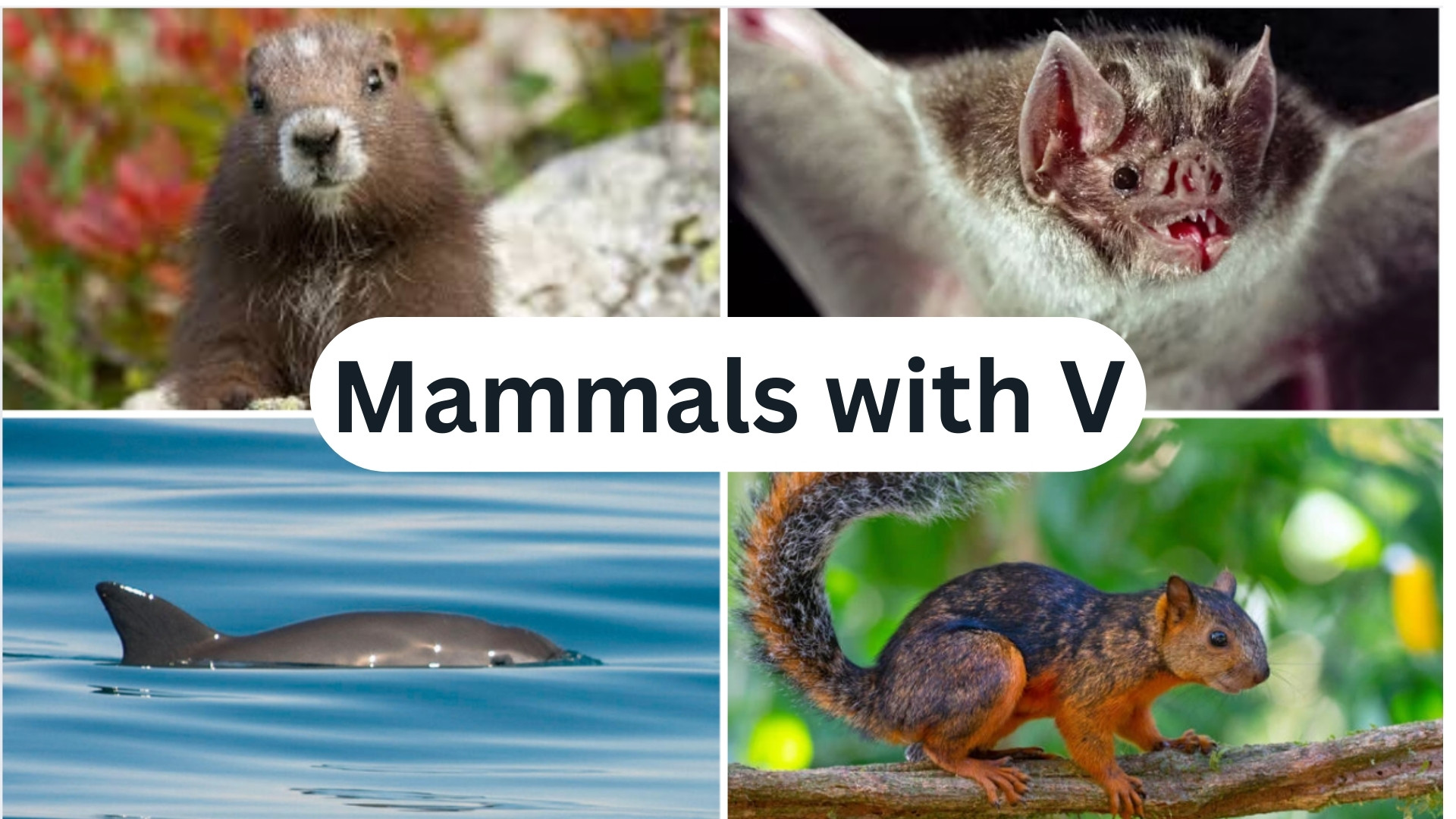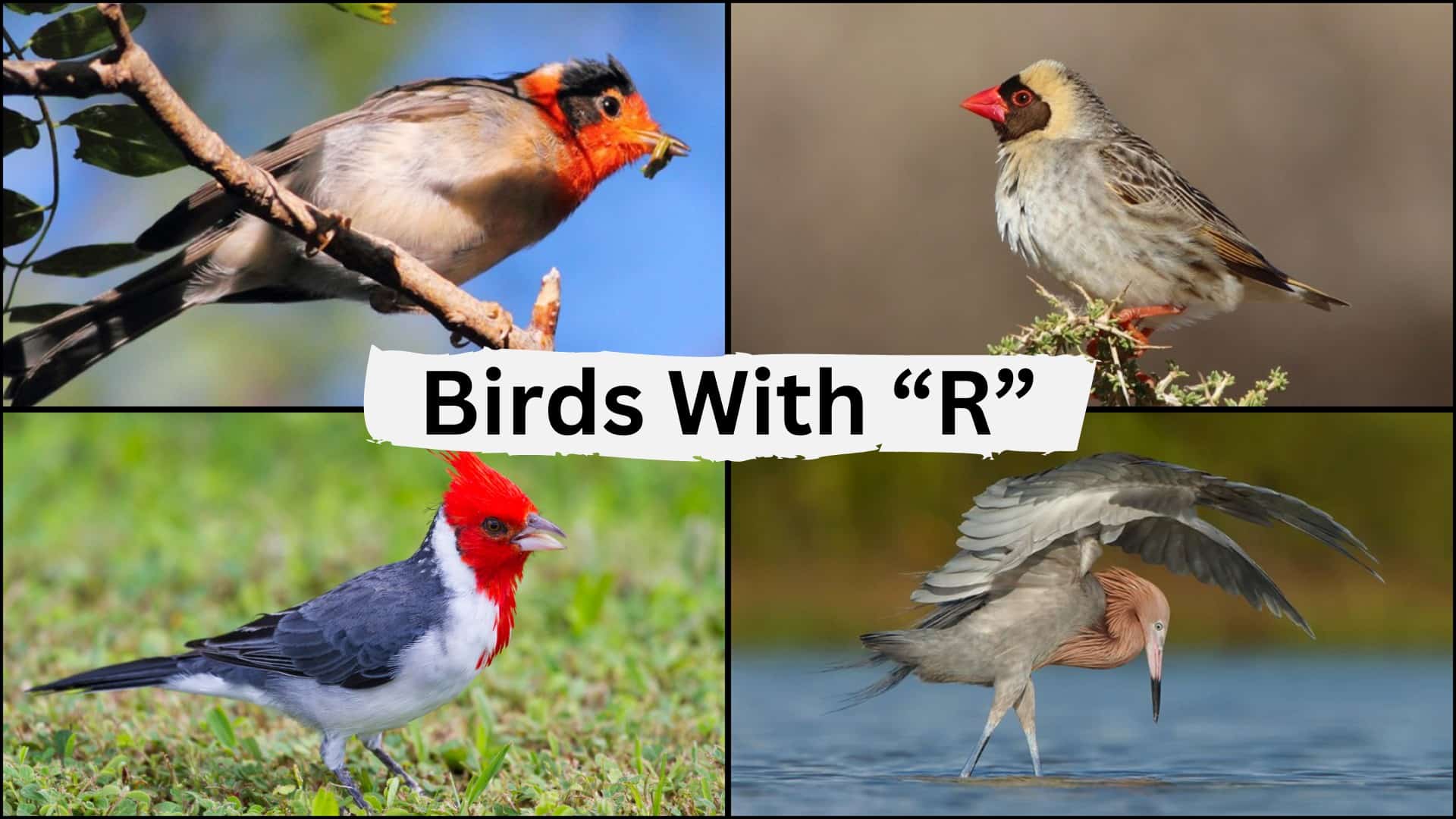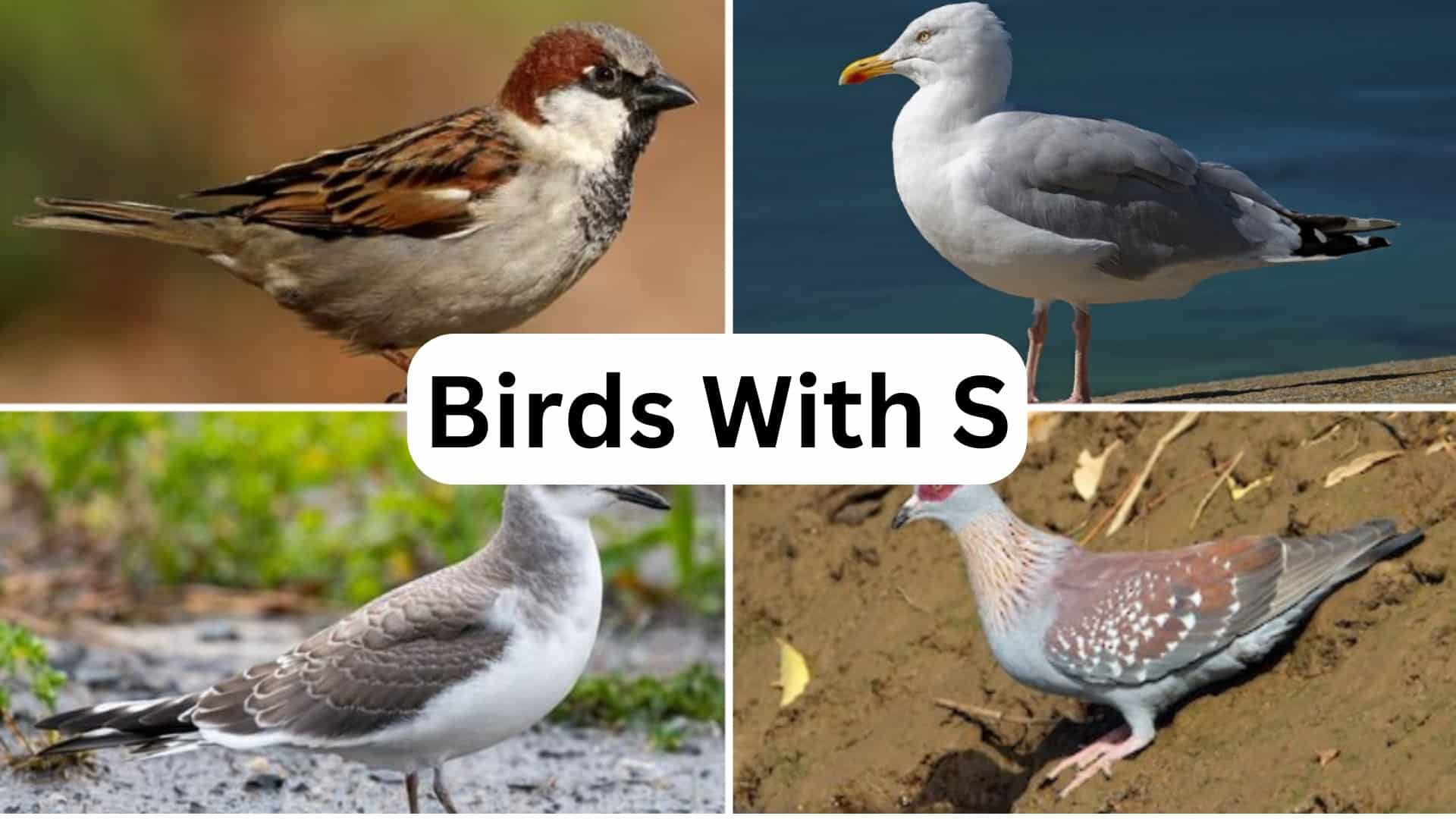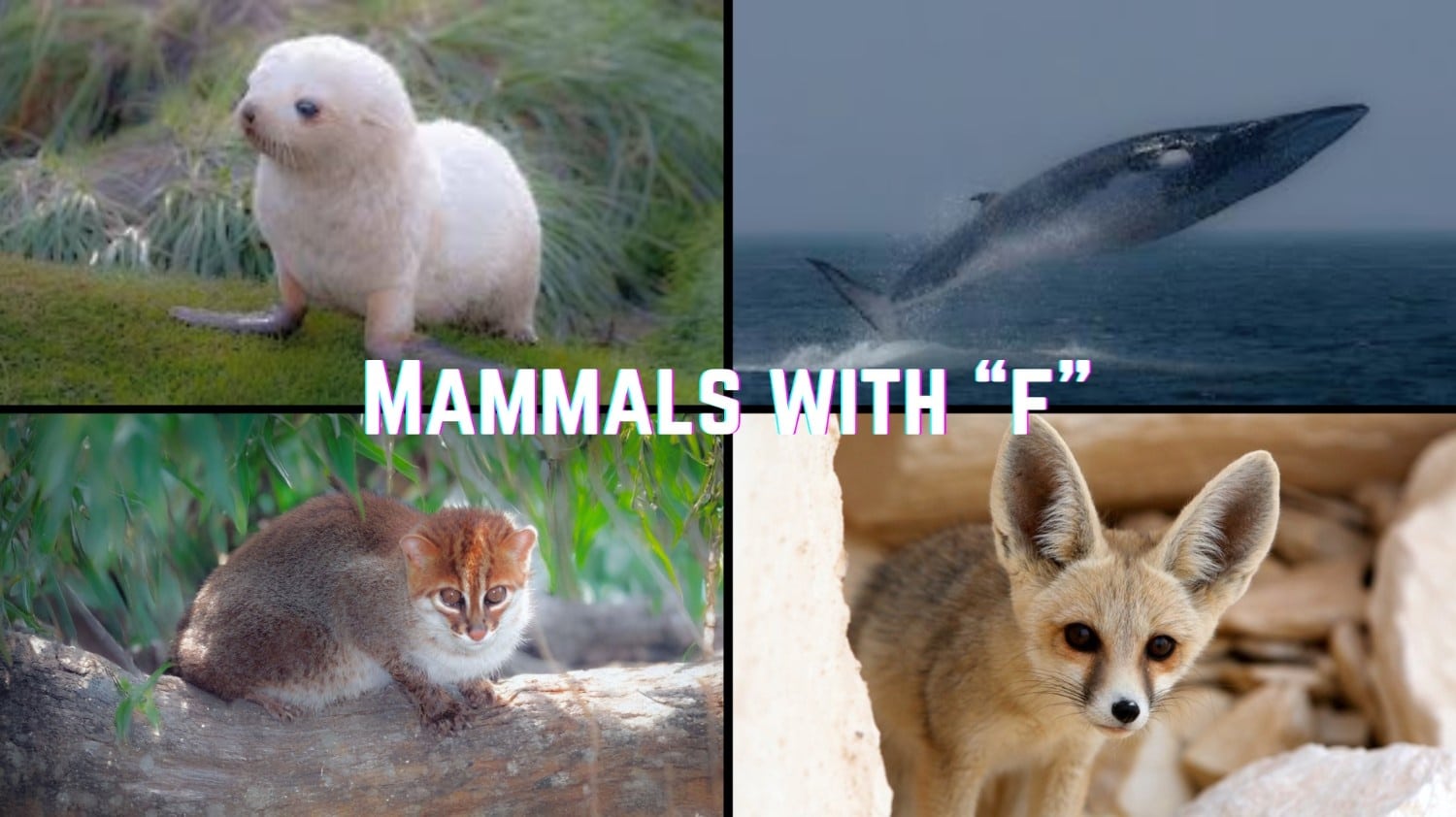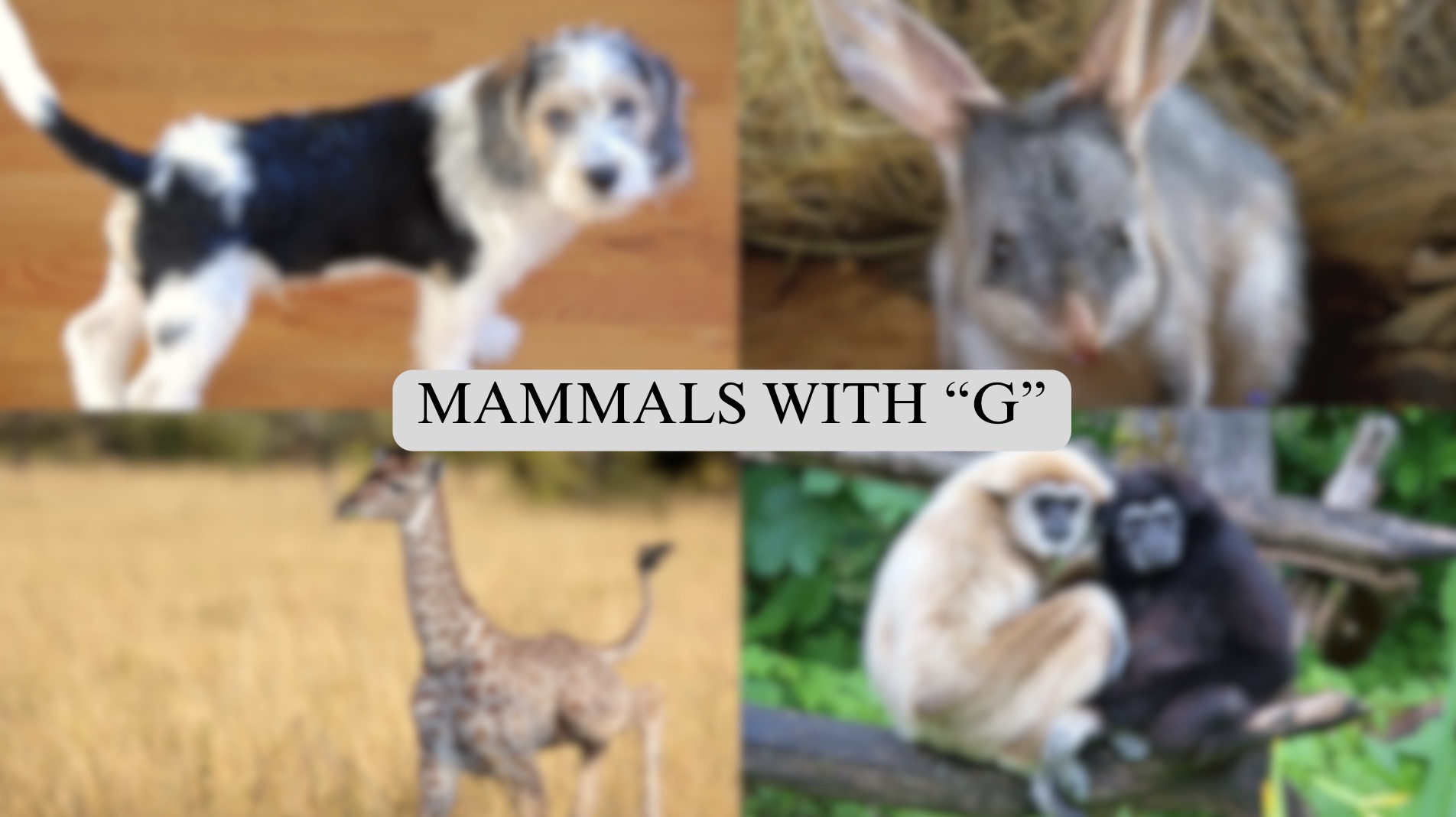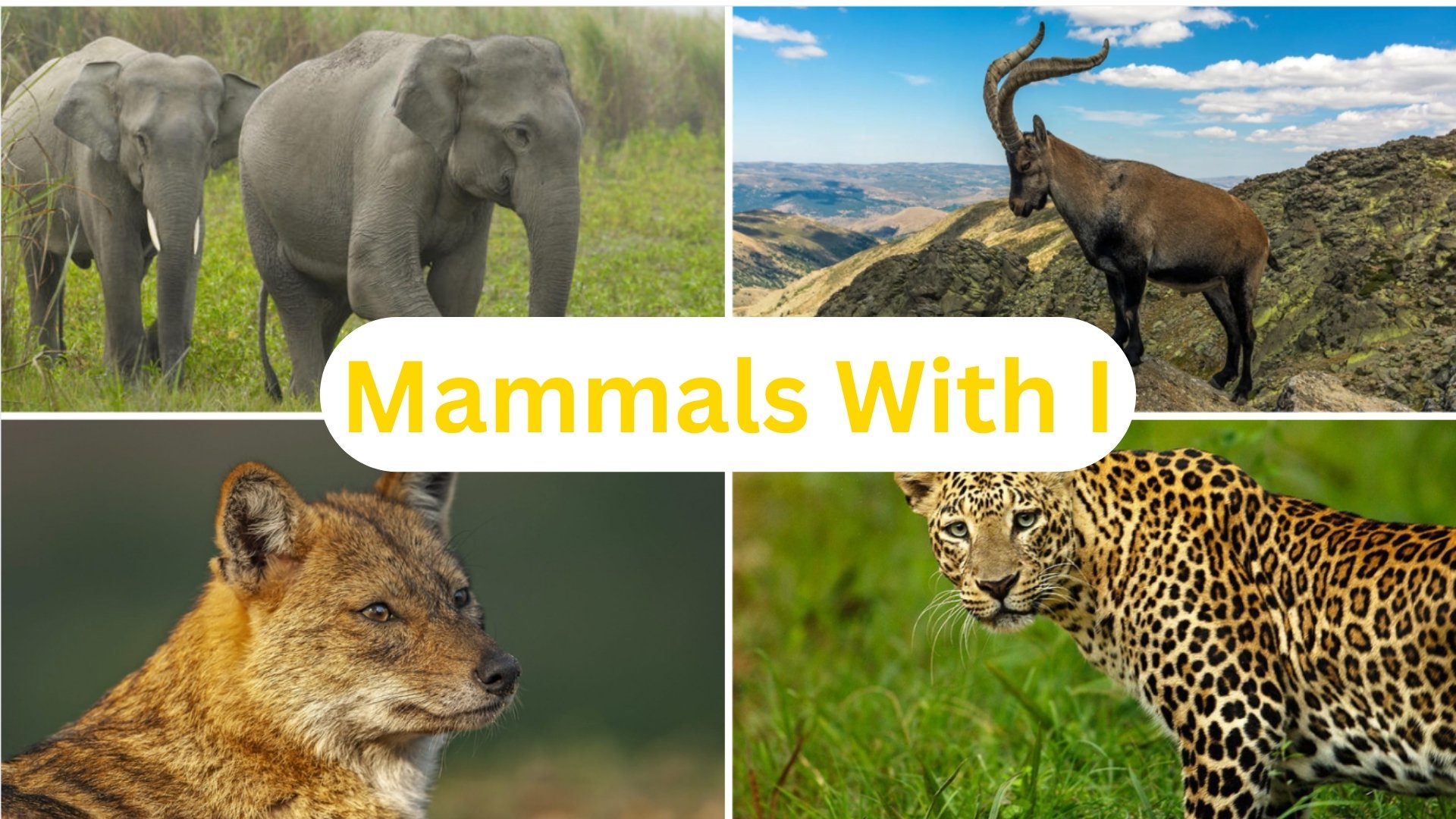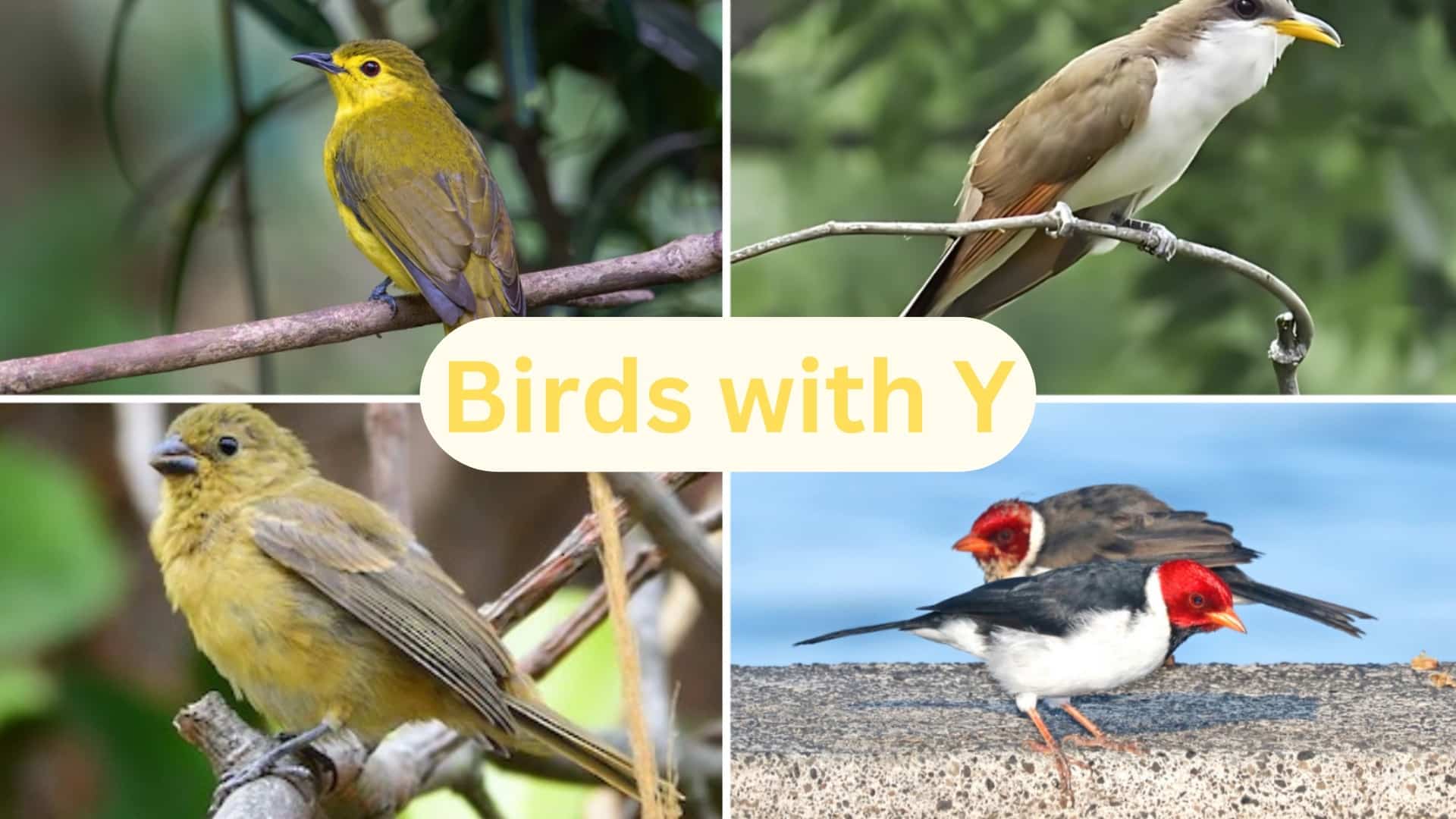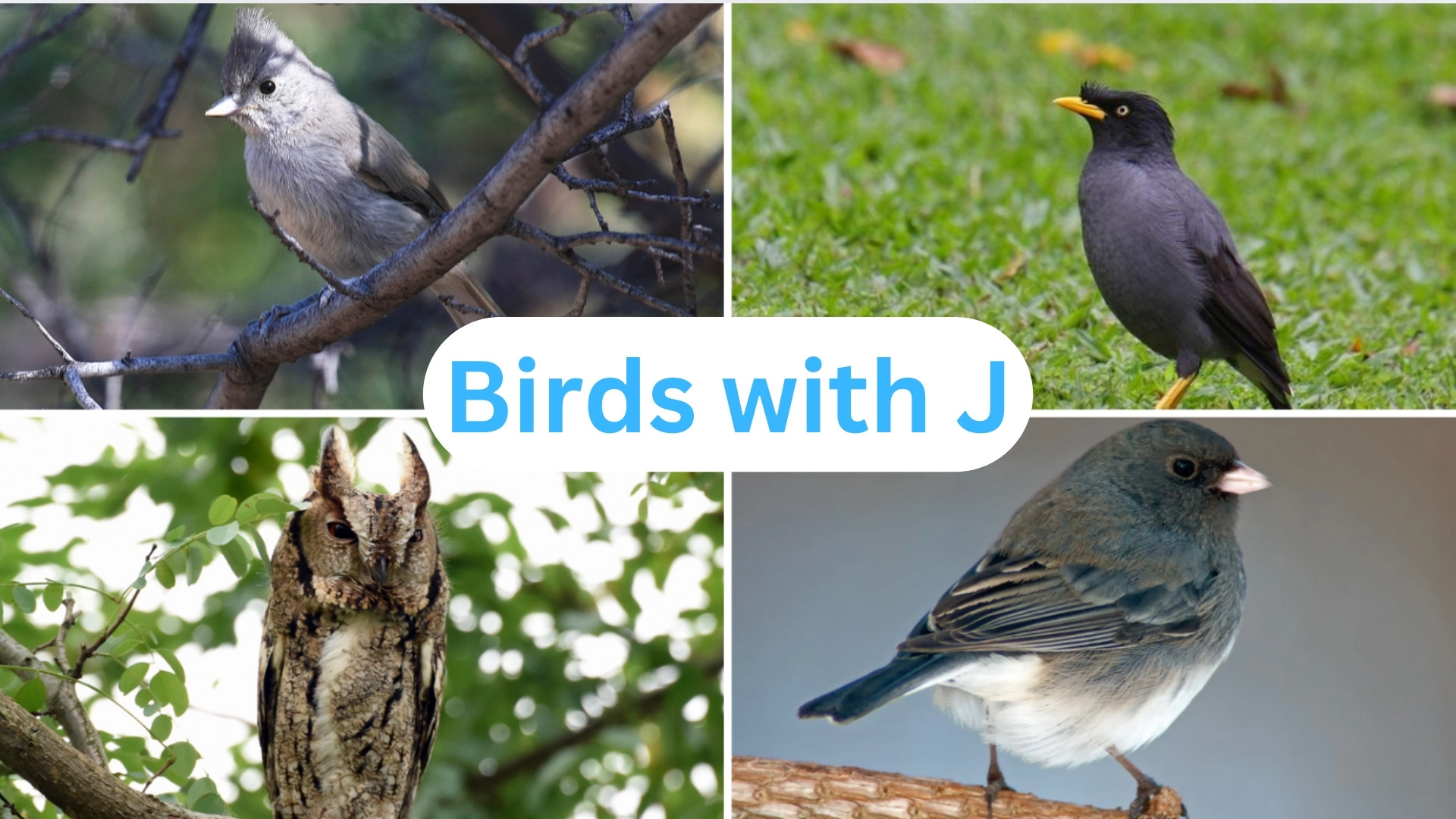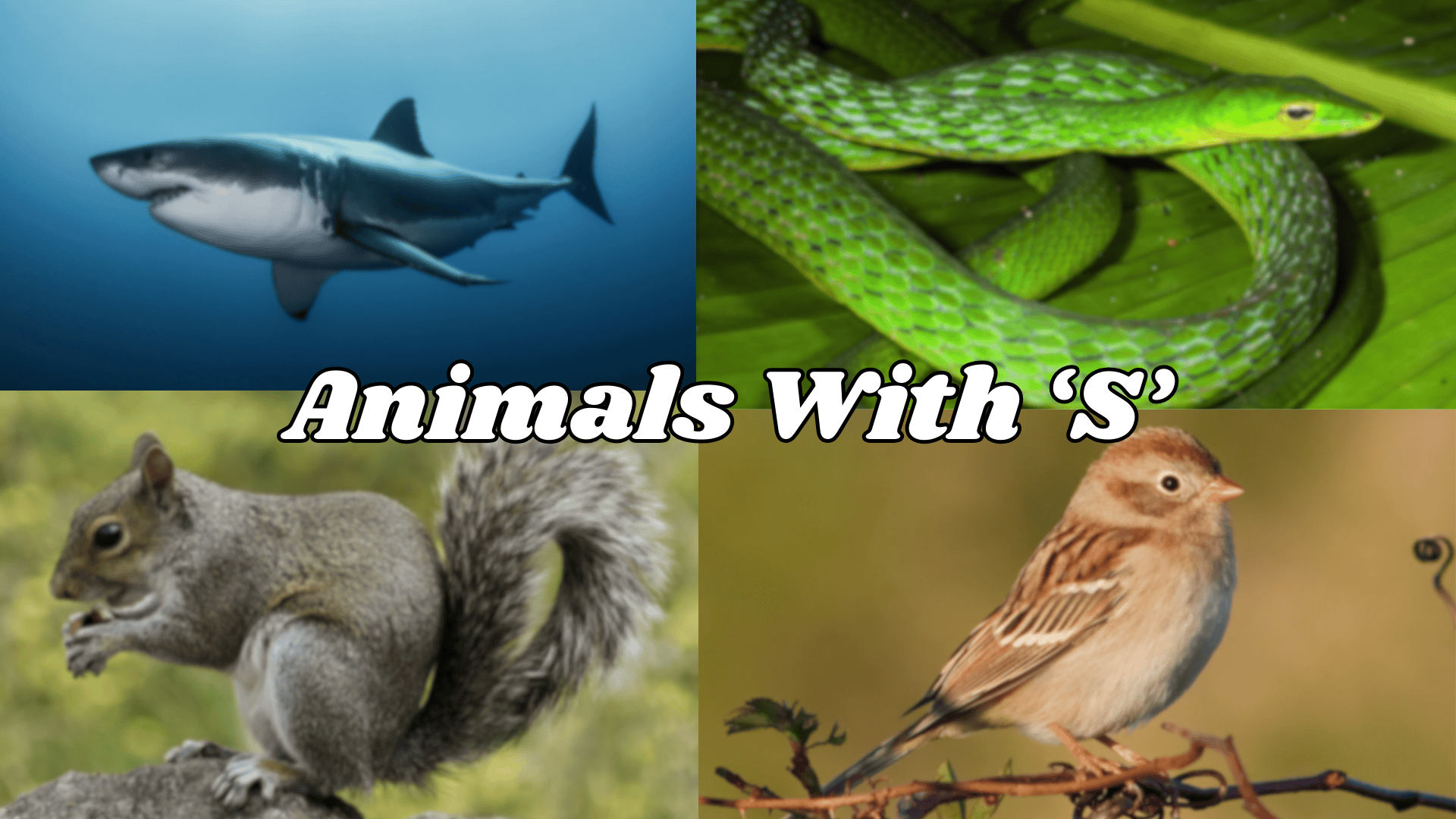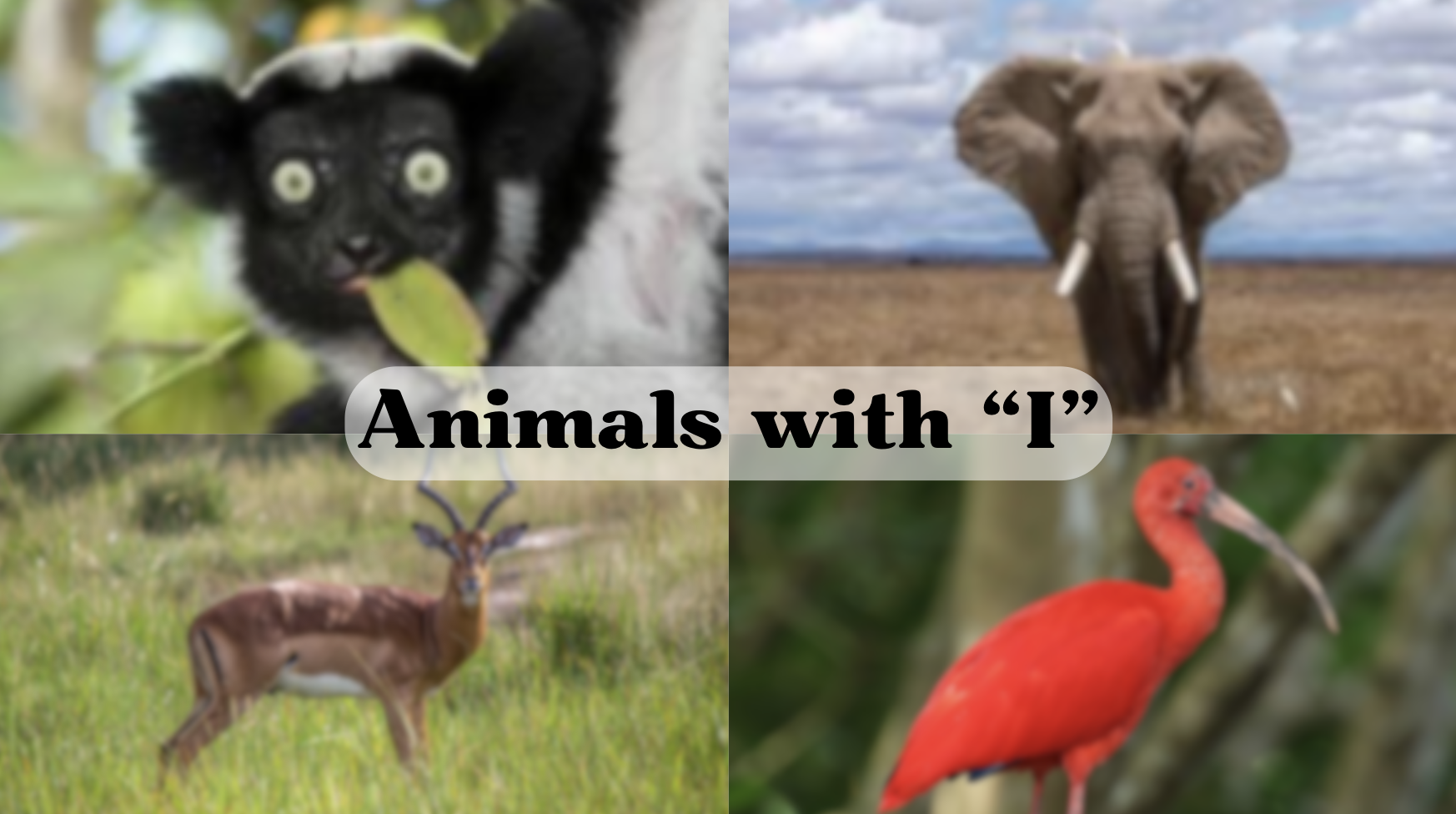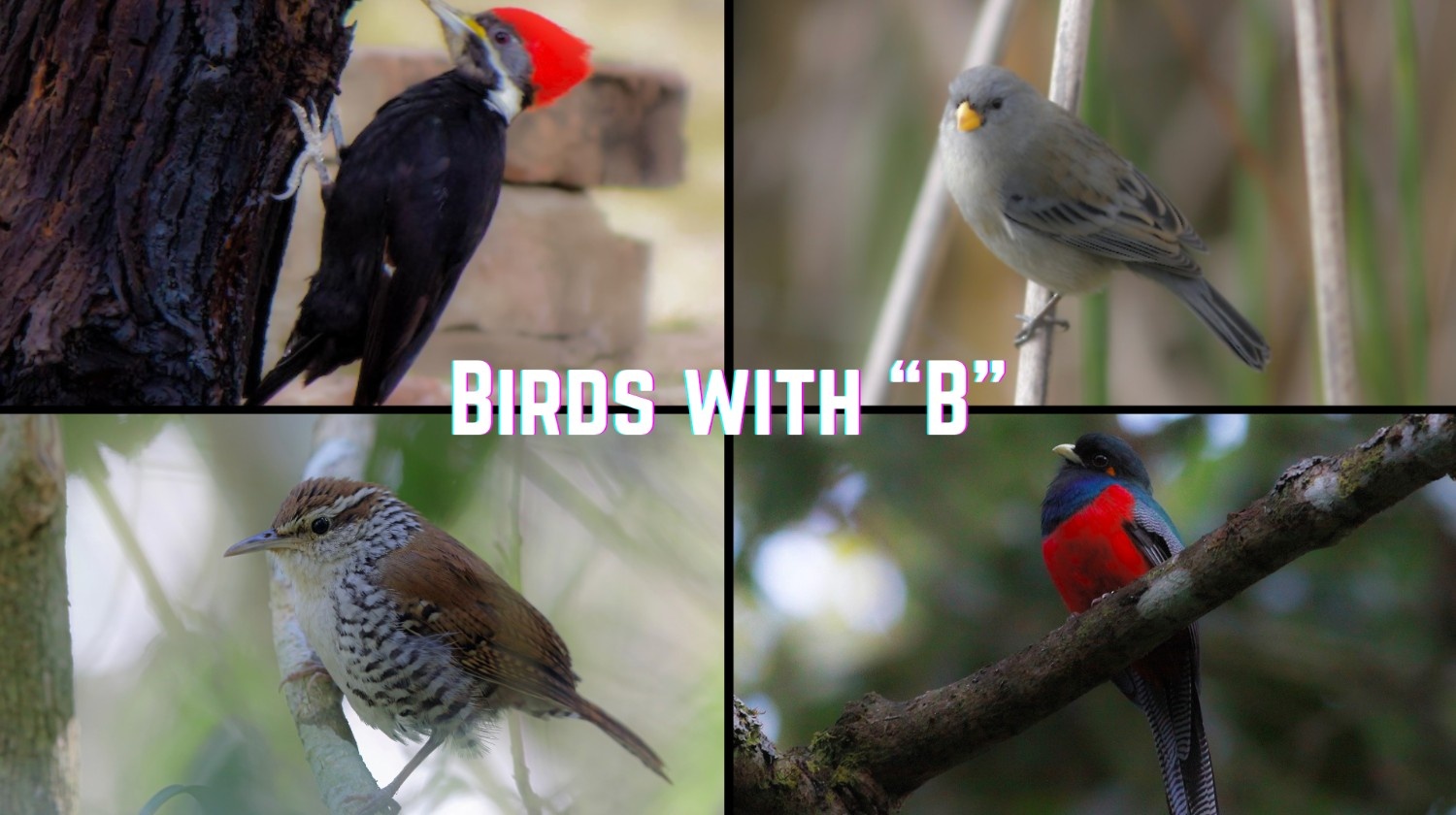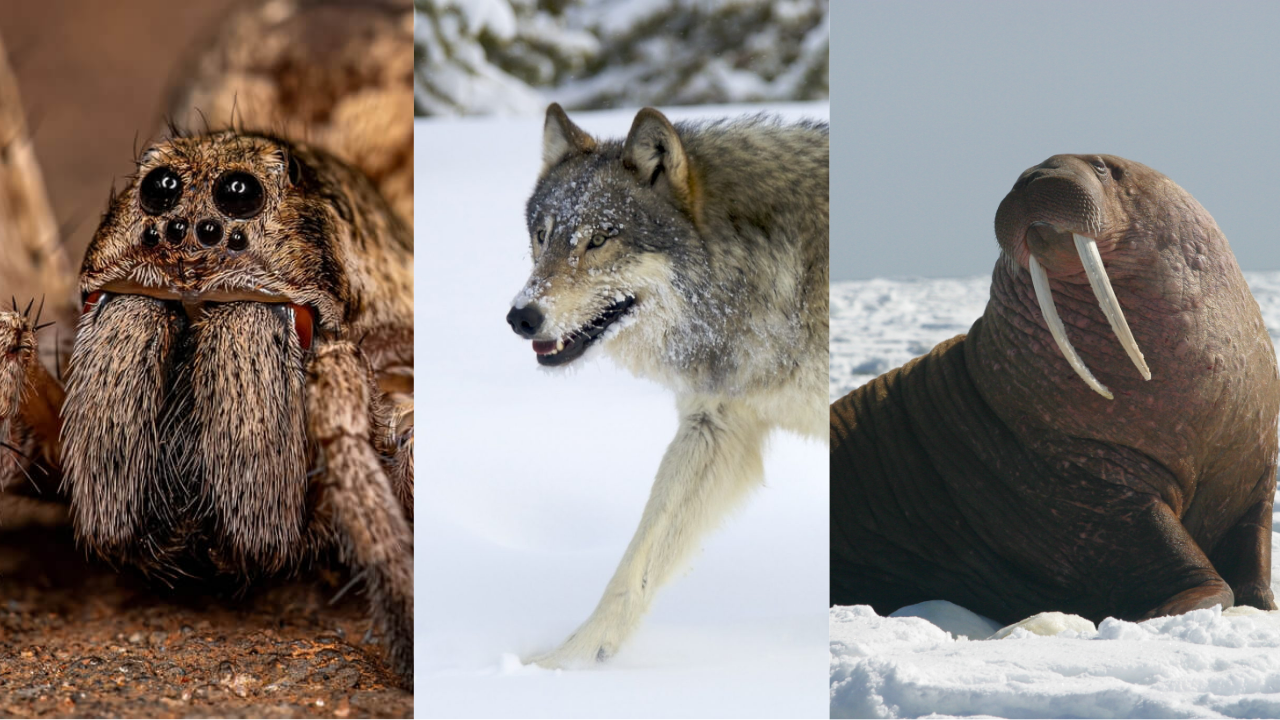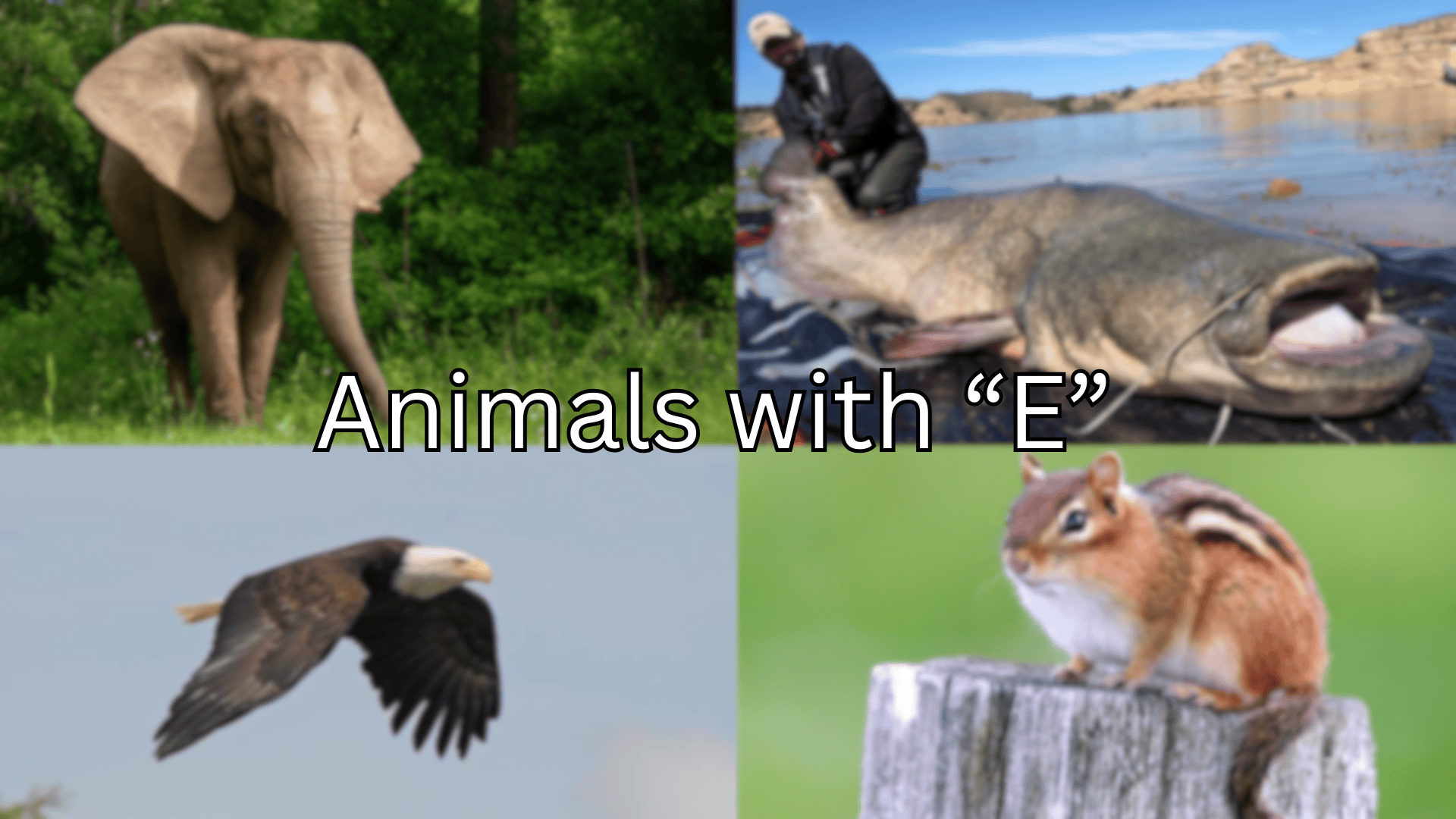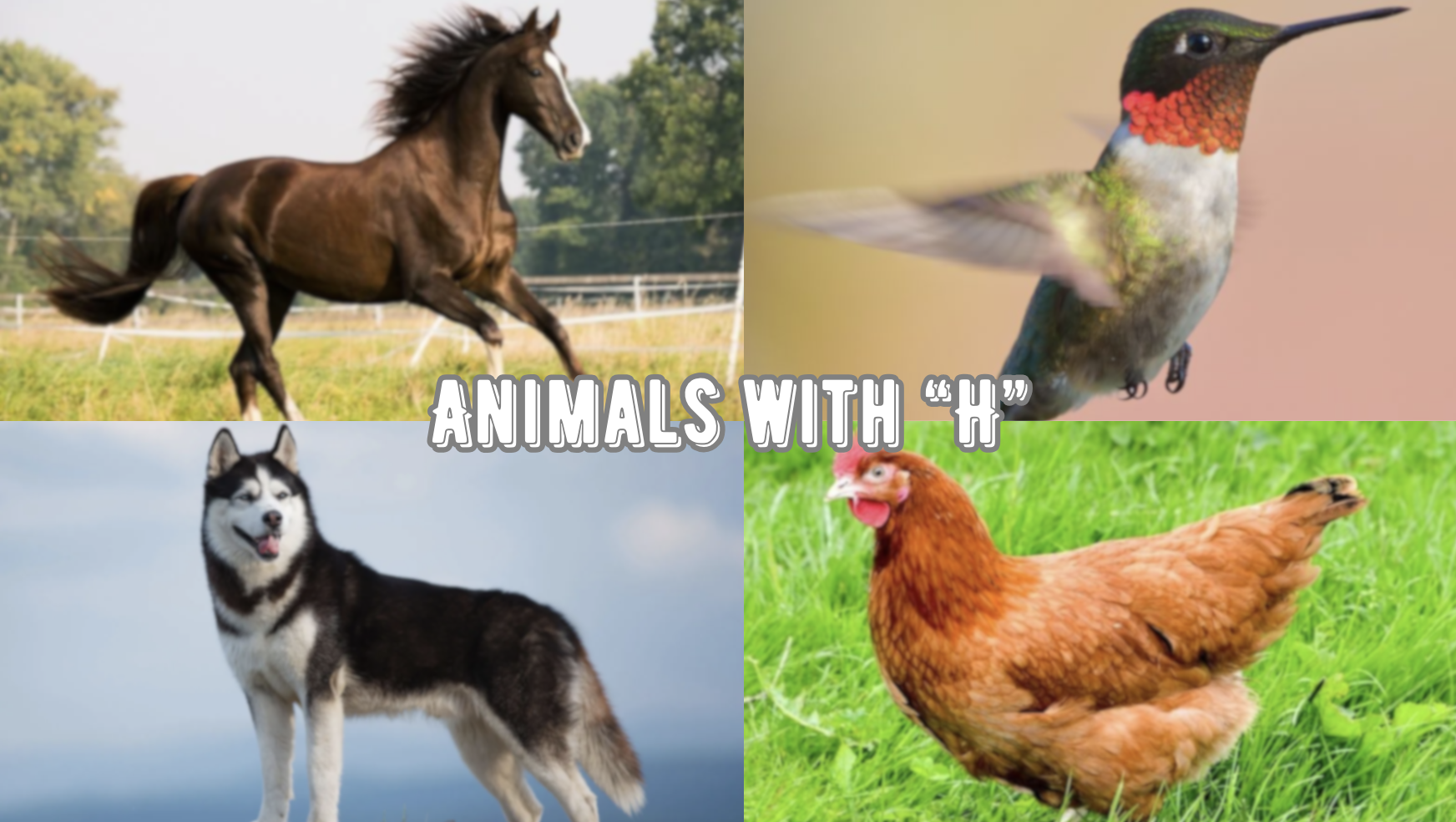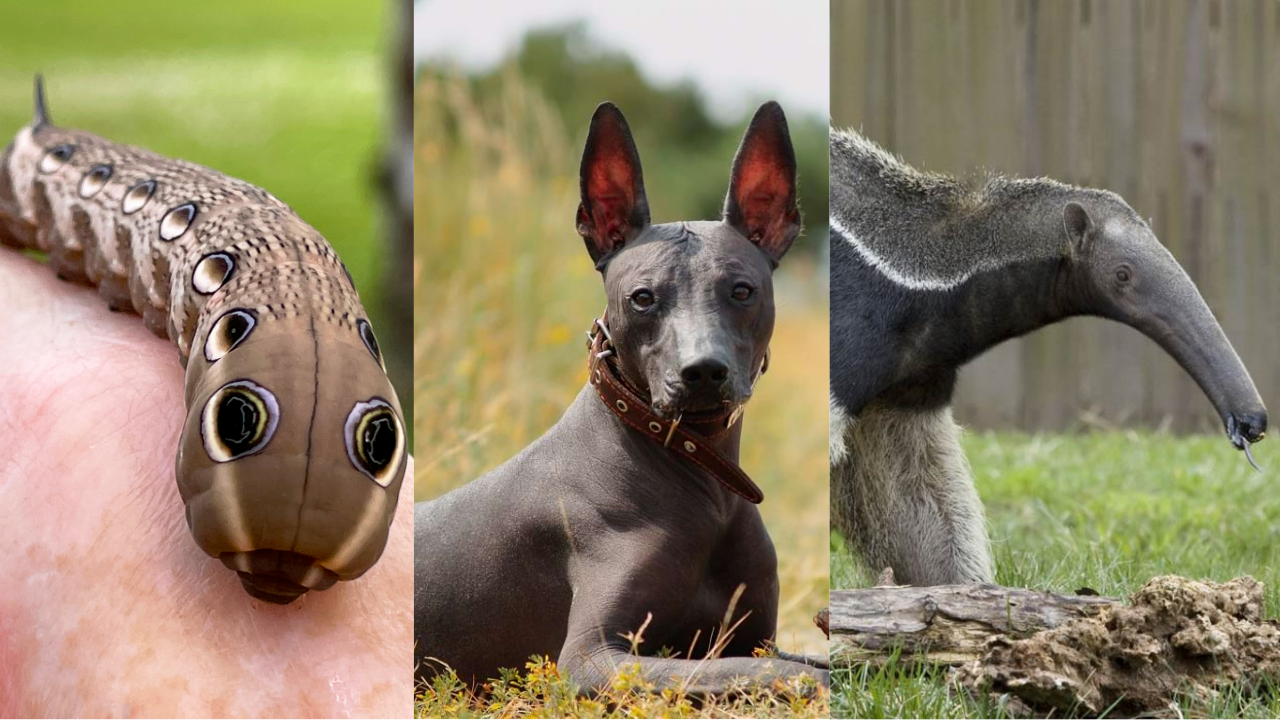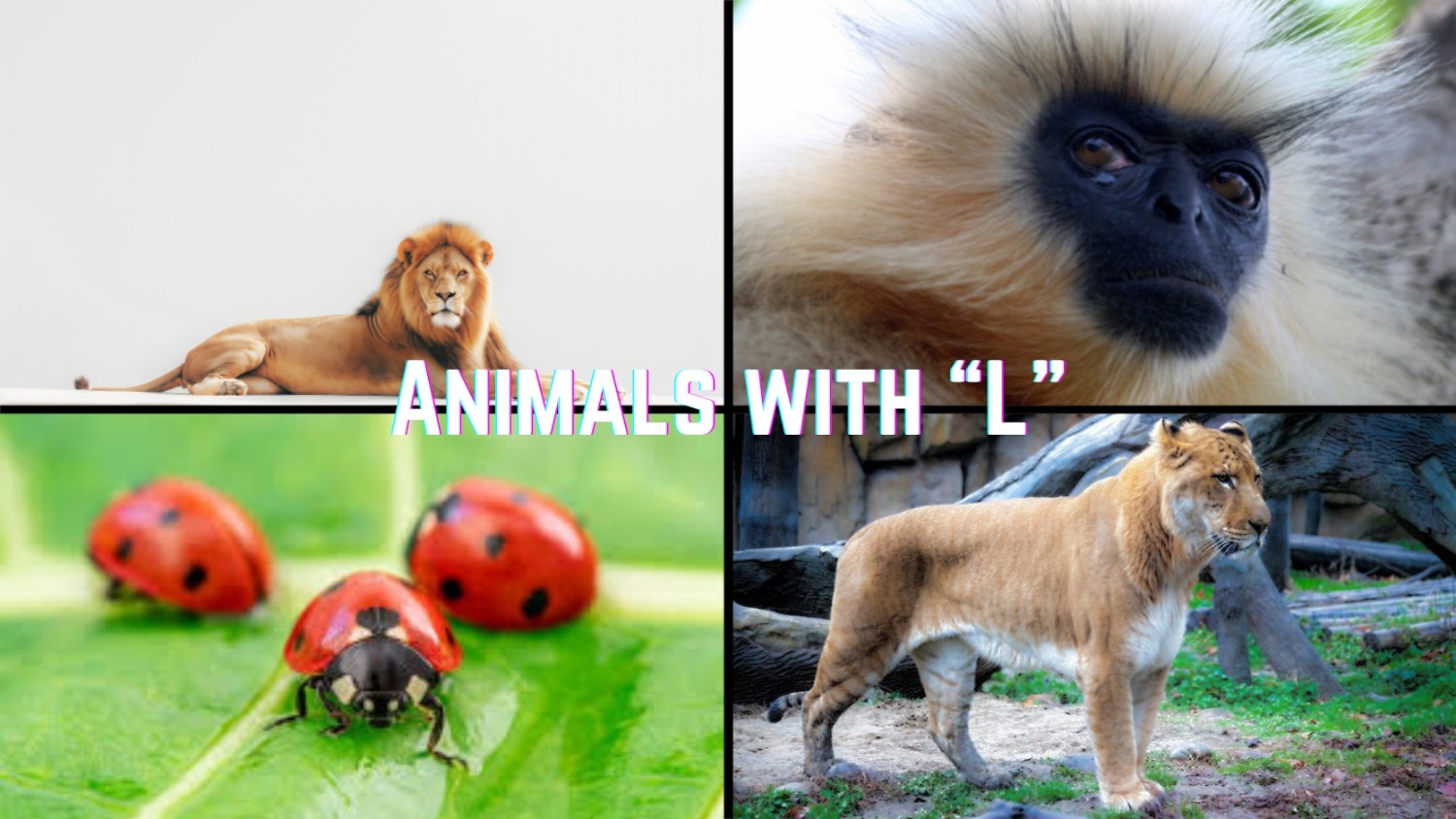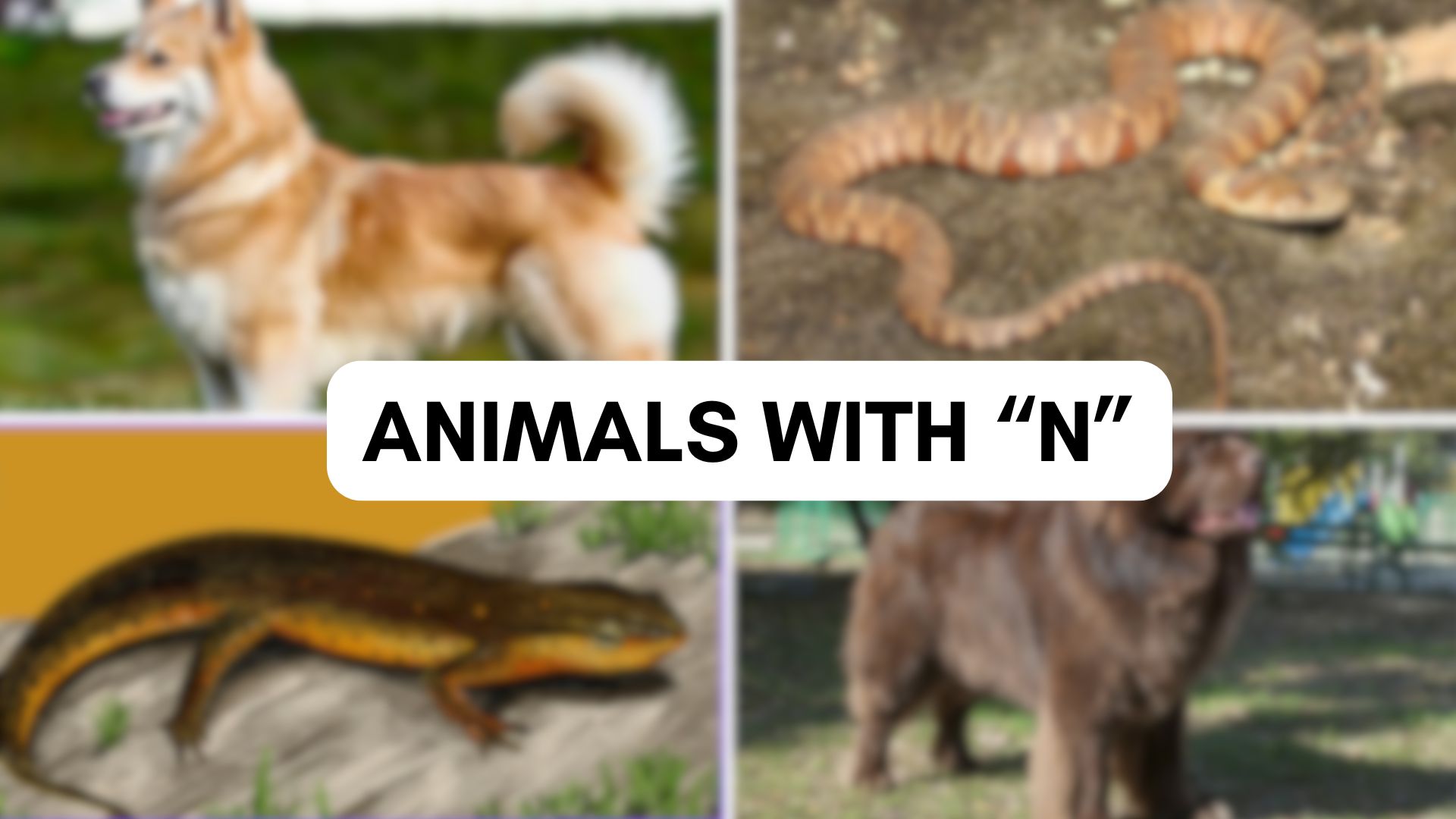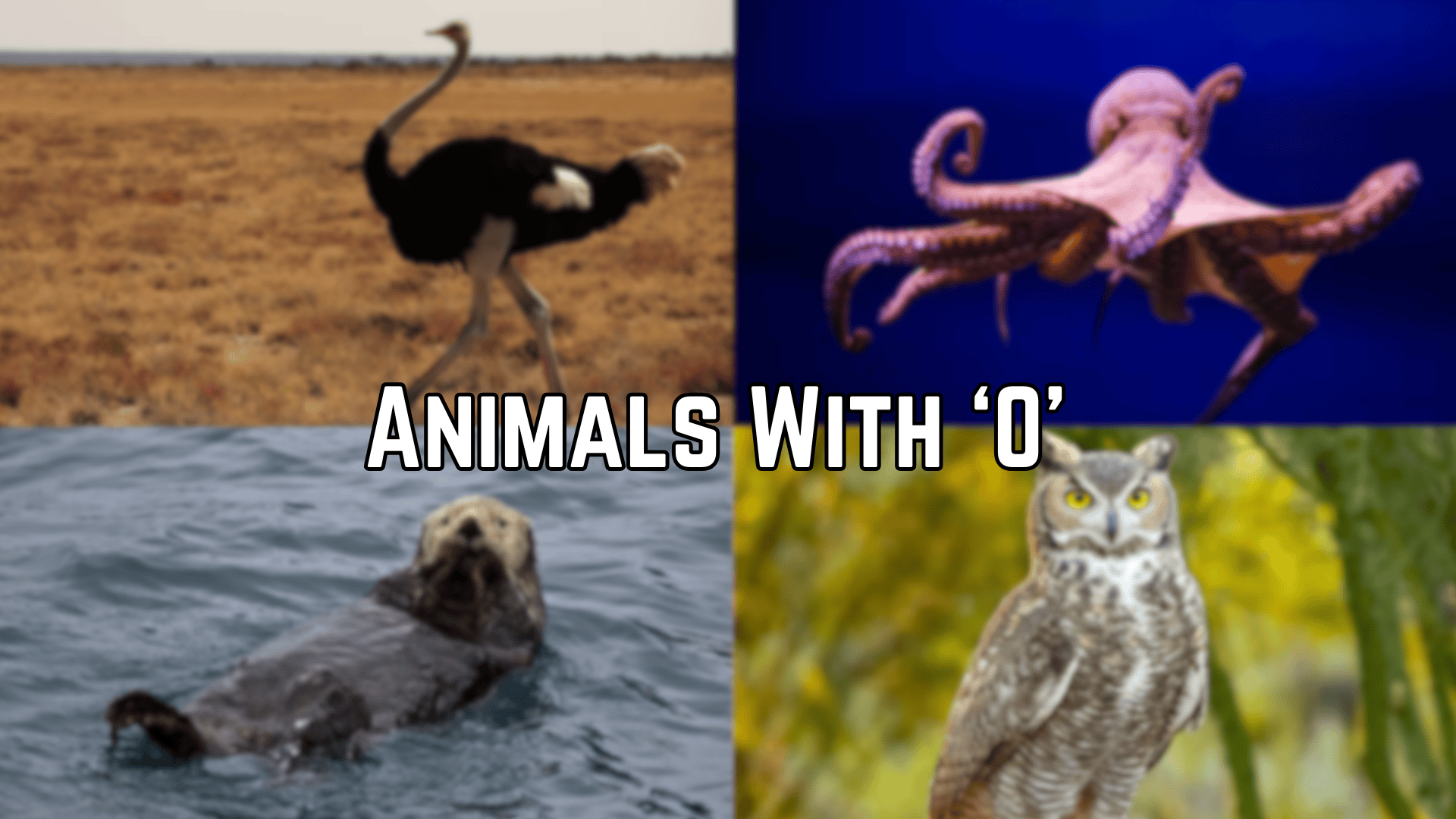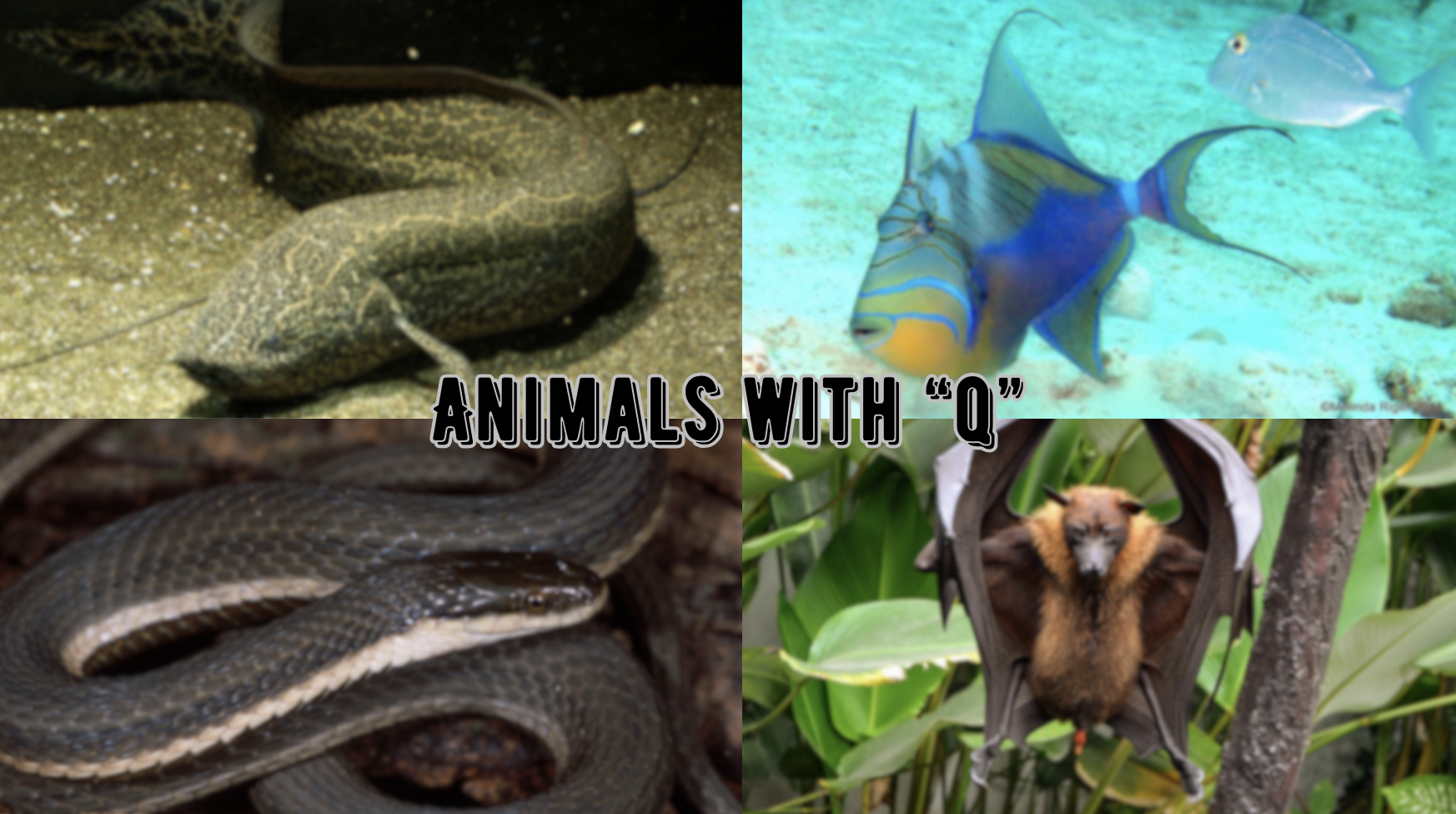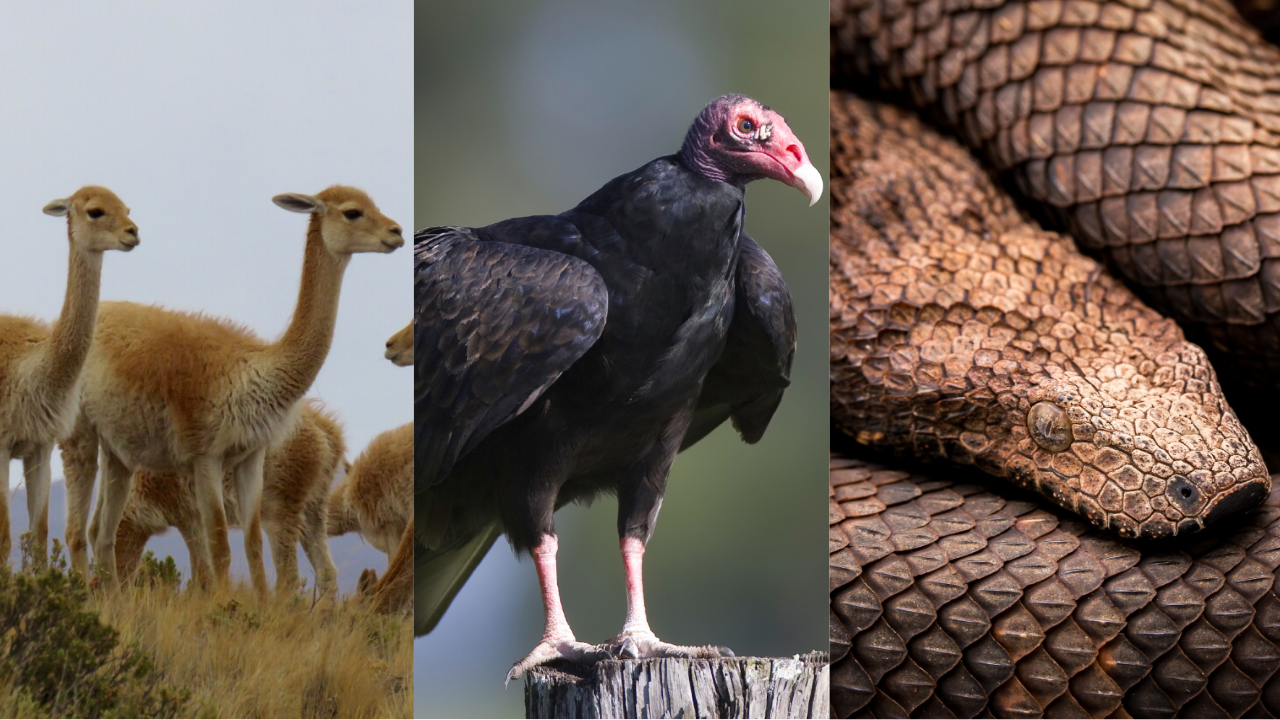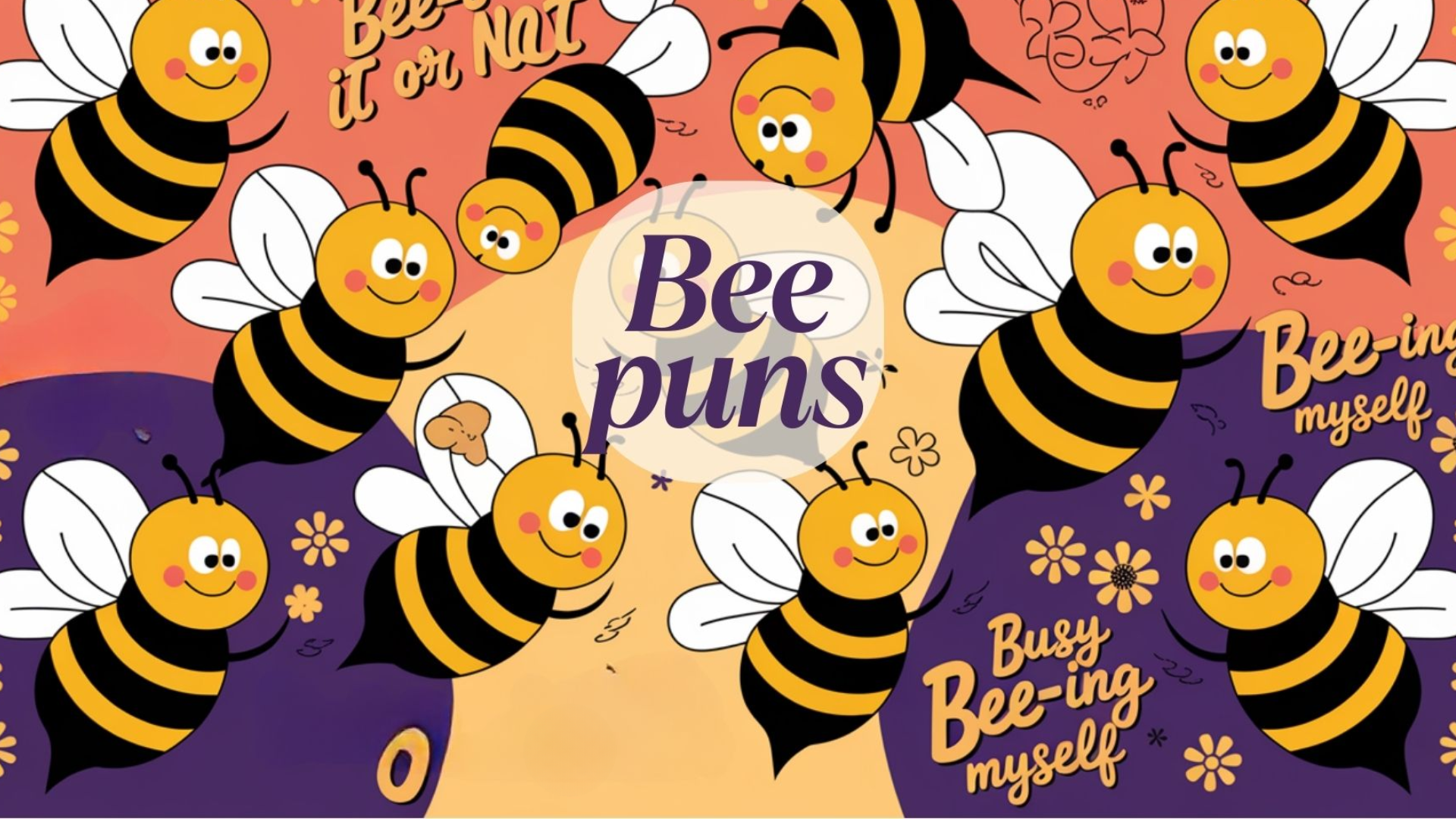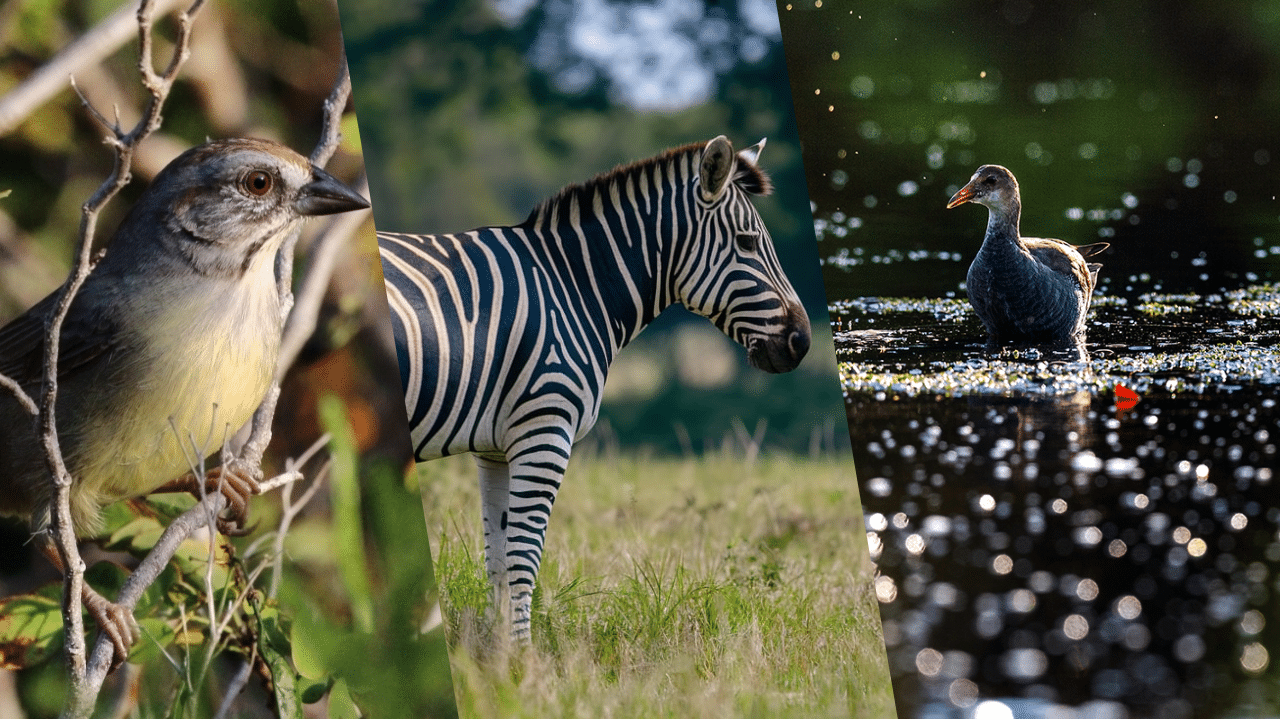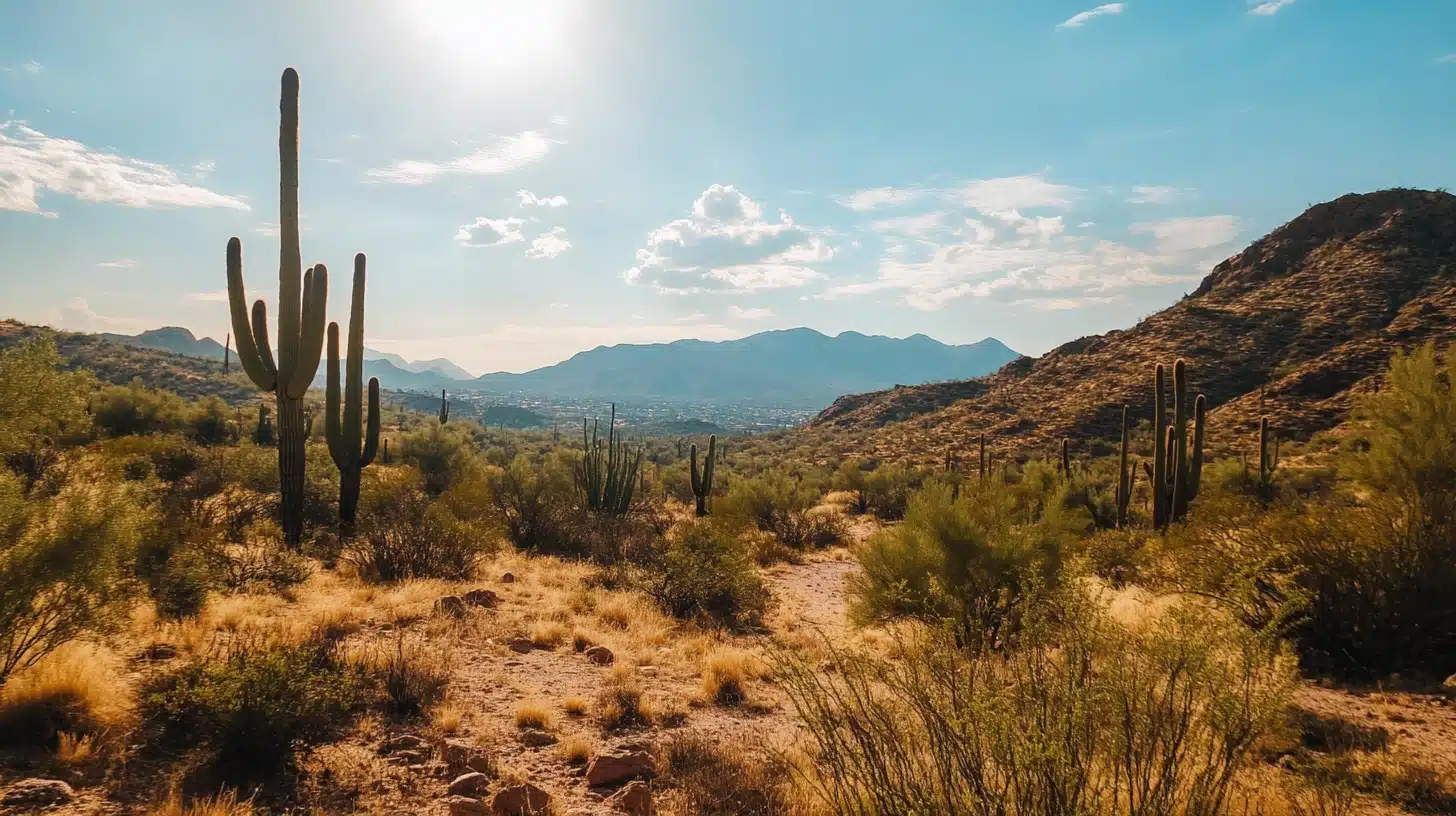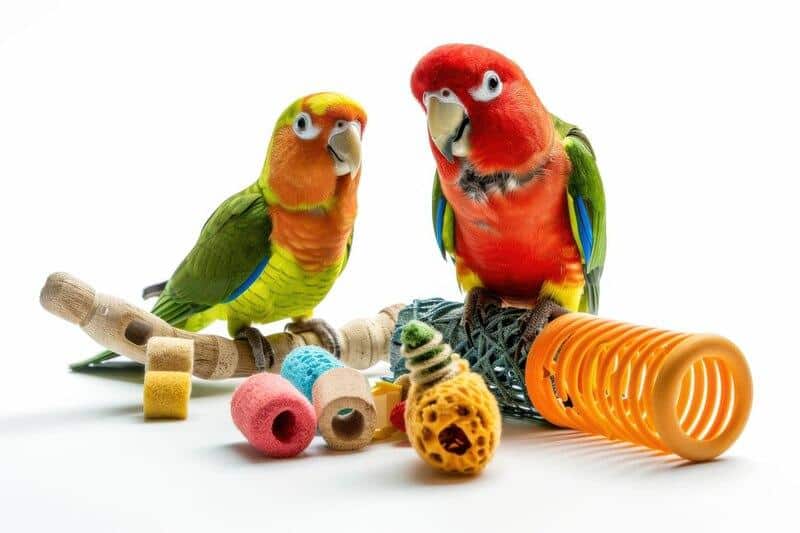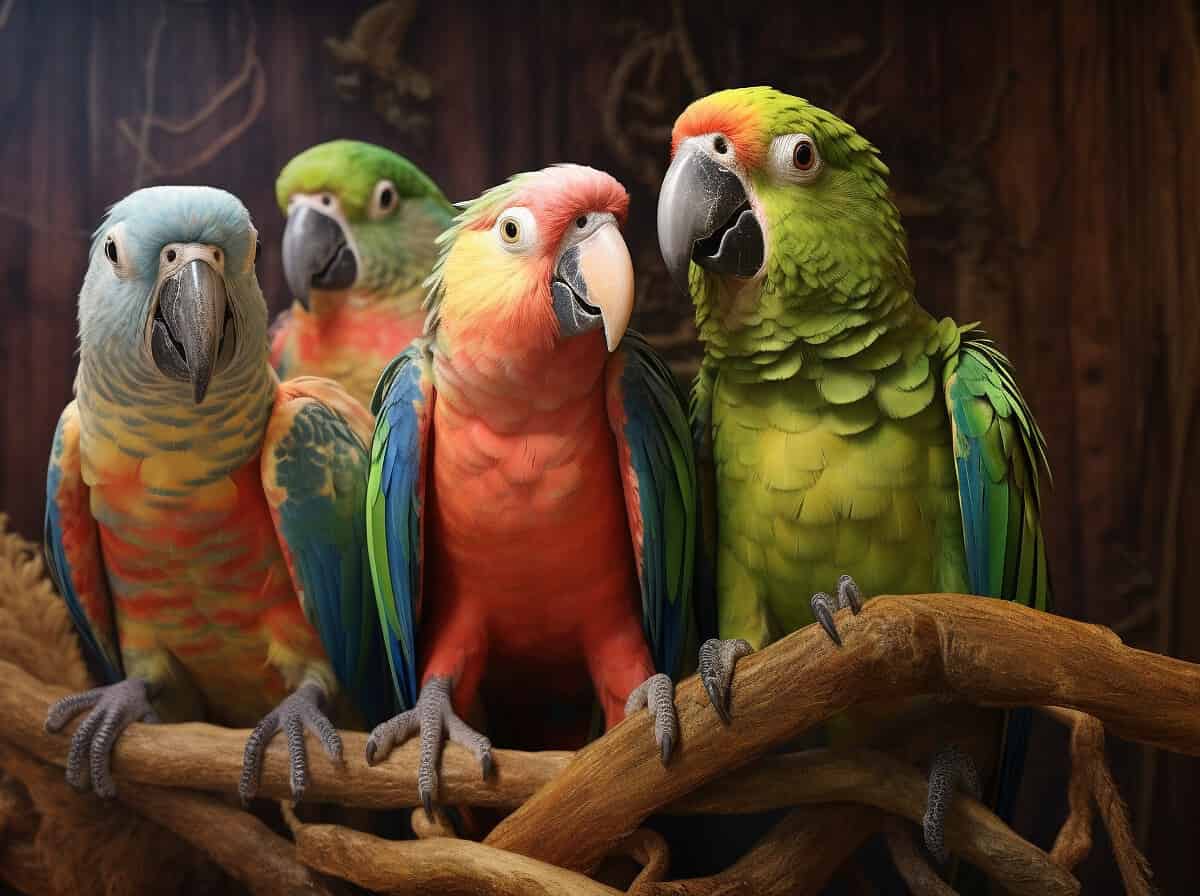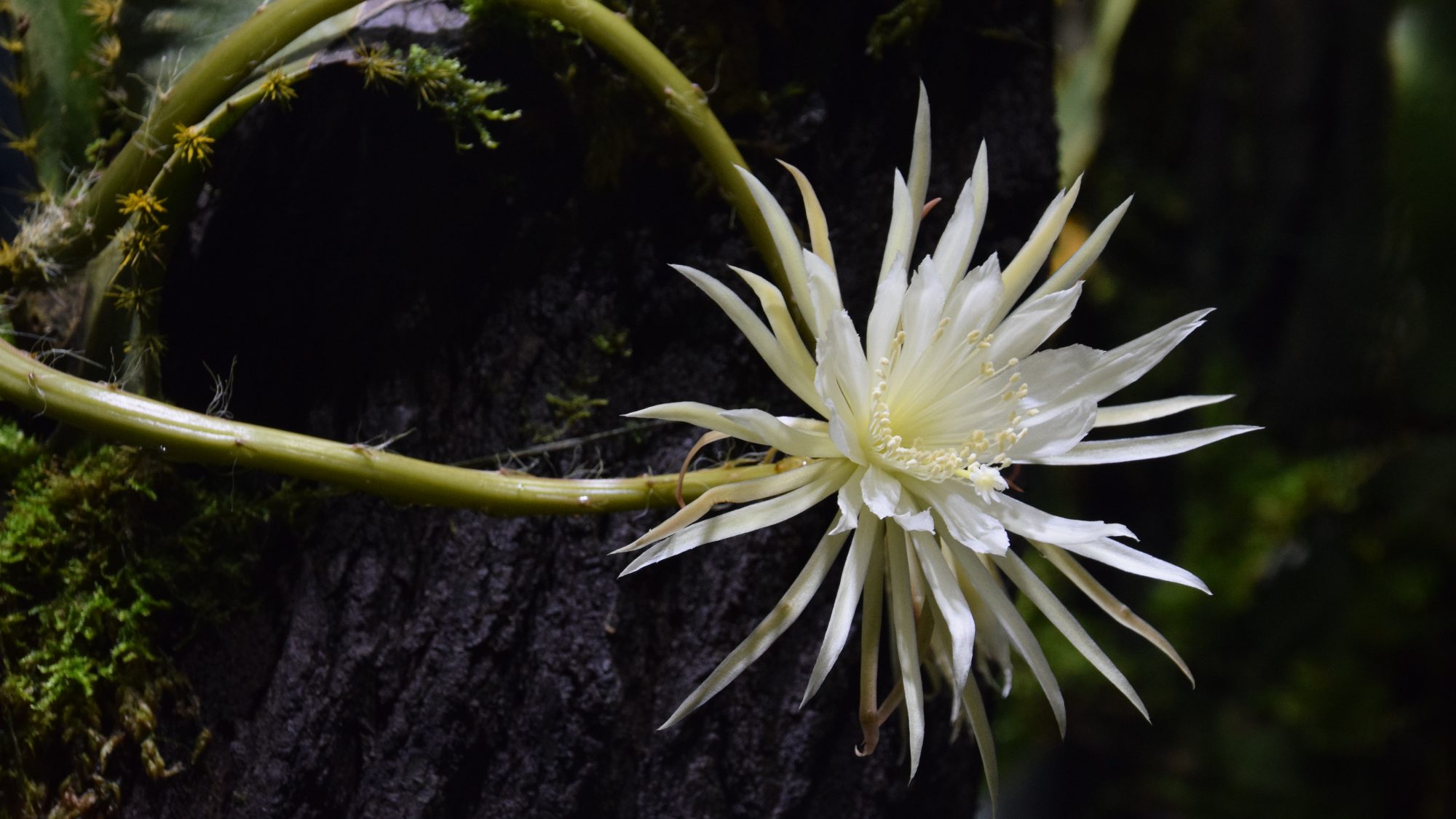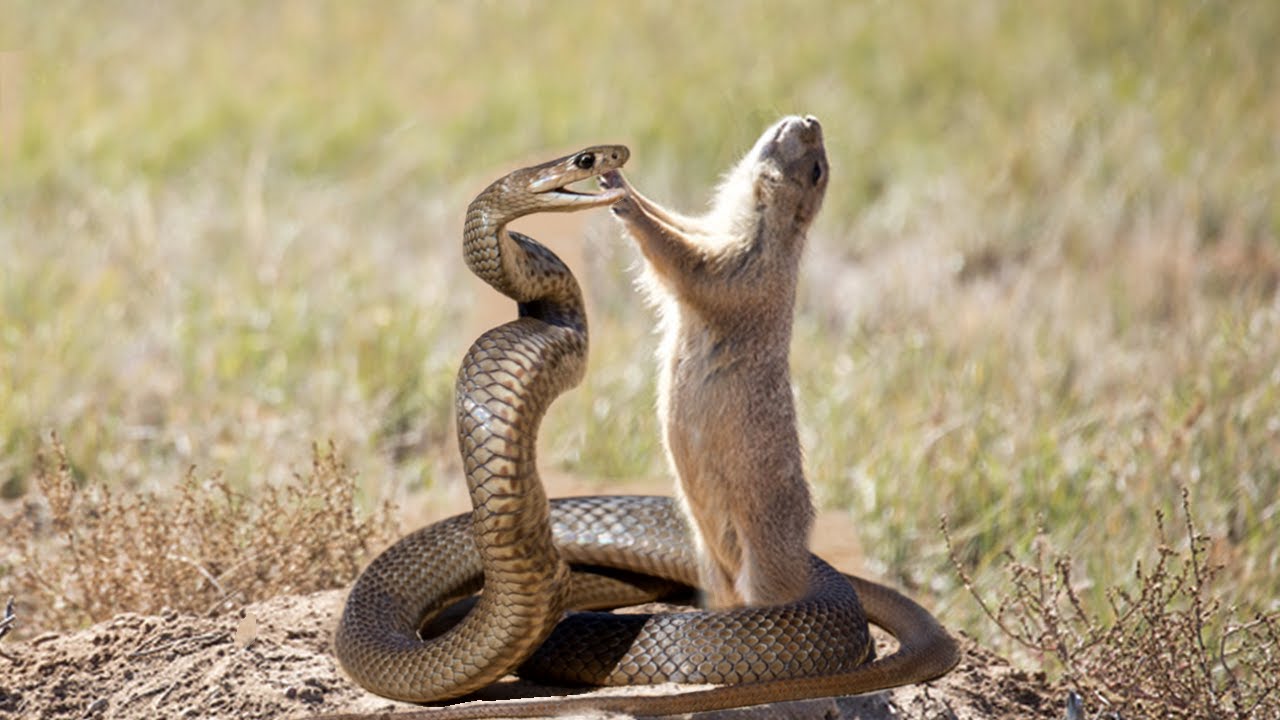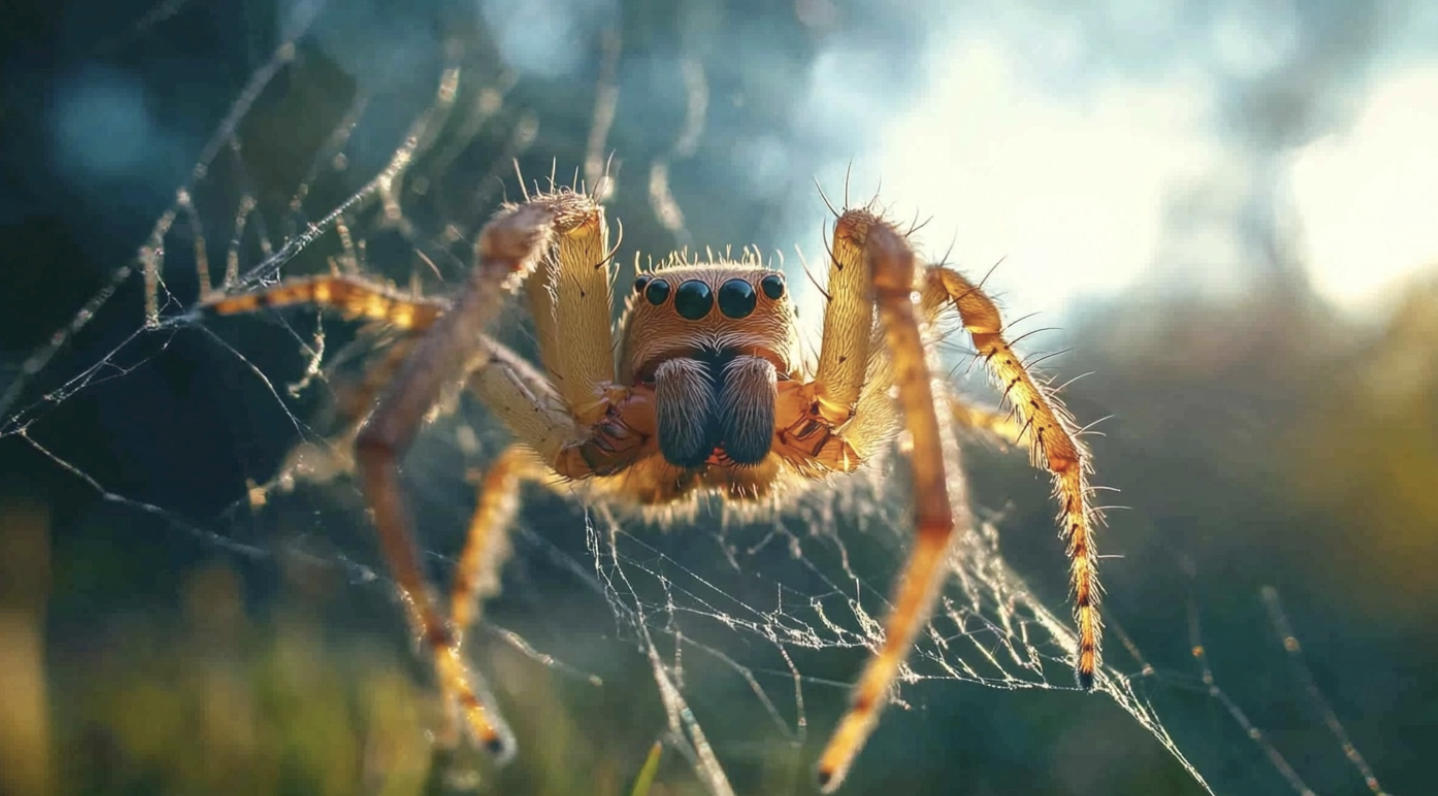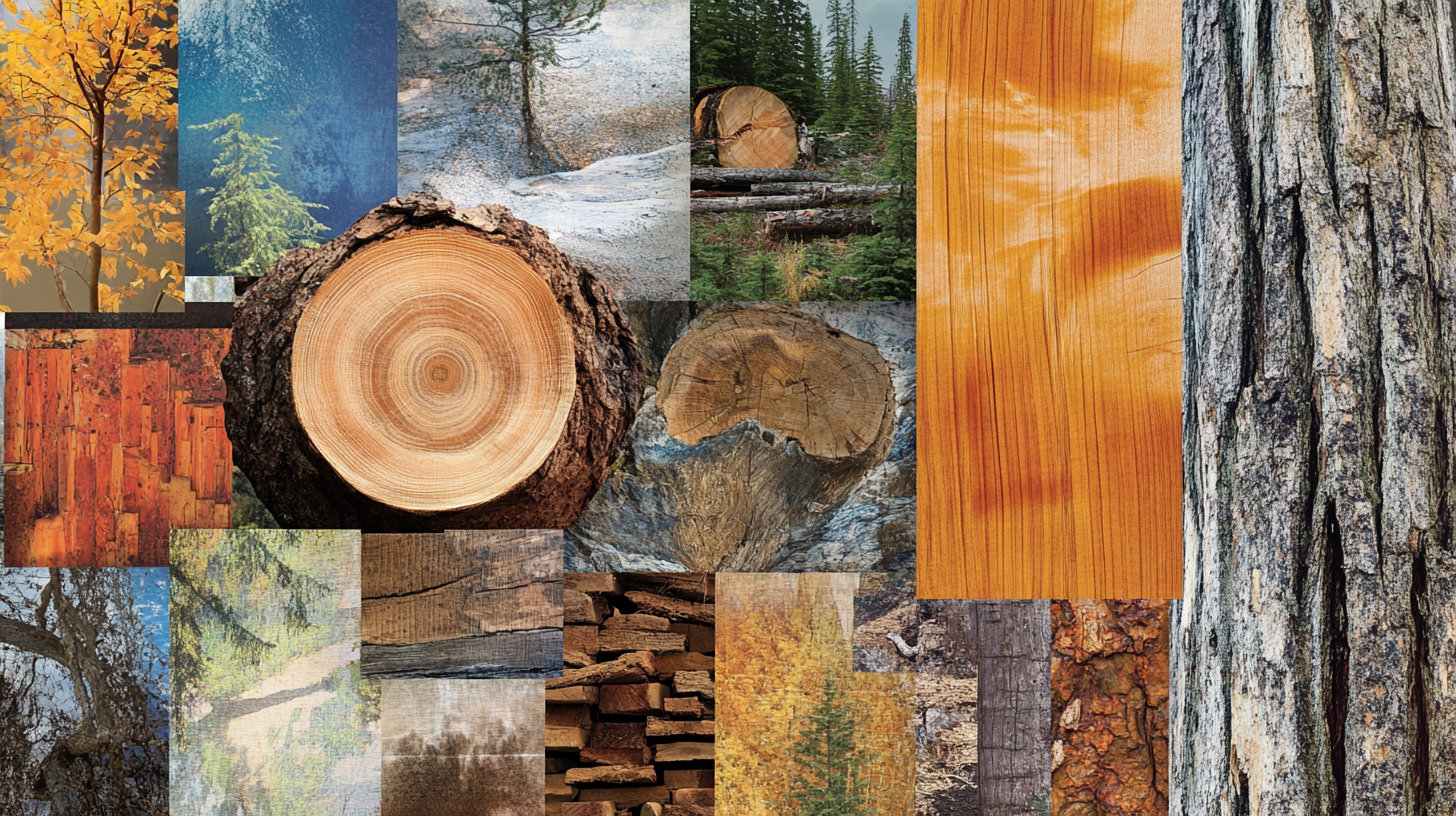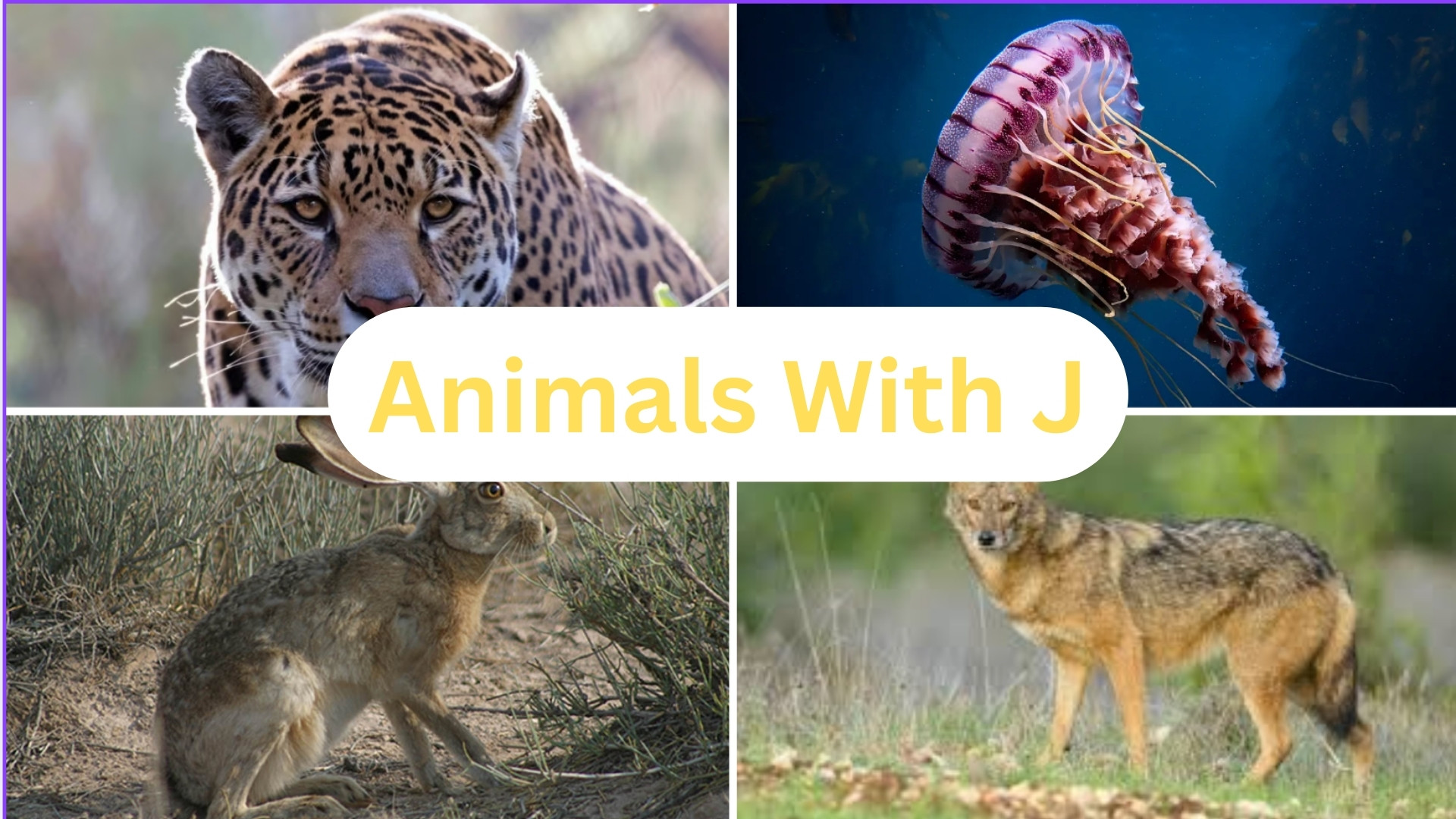
Get ready for a wild ride through the wonderful world of animals that start with the letter J!
From jumping jackrabbits to jazzy jaguars, these creatures are about to bring some serious excitement to your day.
Nature has some pretty amazing animals hiding behind this magical letter, and they’re just waiting to be discovered.
Imagine meeting creatures that can leap higher than a basketball player, swim faster than a speedboat, or roar louder than a rock concert.
Some of these animals live in deep forests, while others call deserts or oceans their home. Who are these amazing animals that begin with J?
Keep reading below and prepare for an animal learning that will make you see the wild world in a whole new way!
Commonly Known Animals that Start with The Letter “J”
1. Jaguar
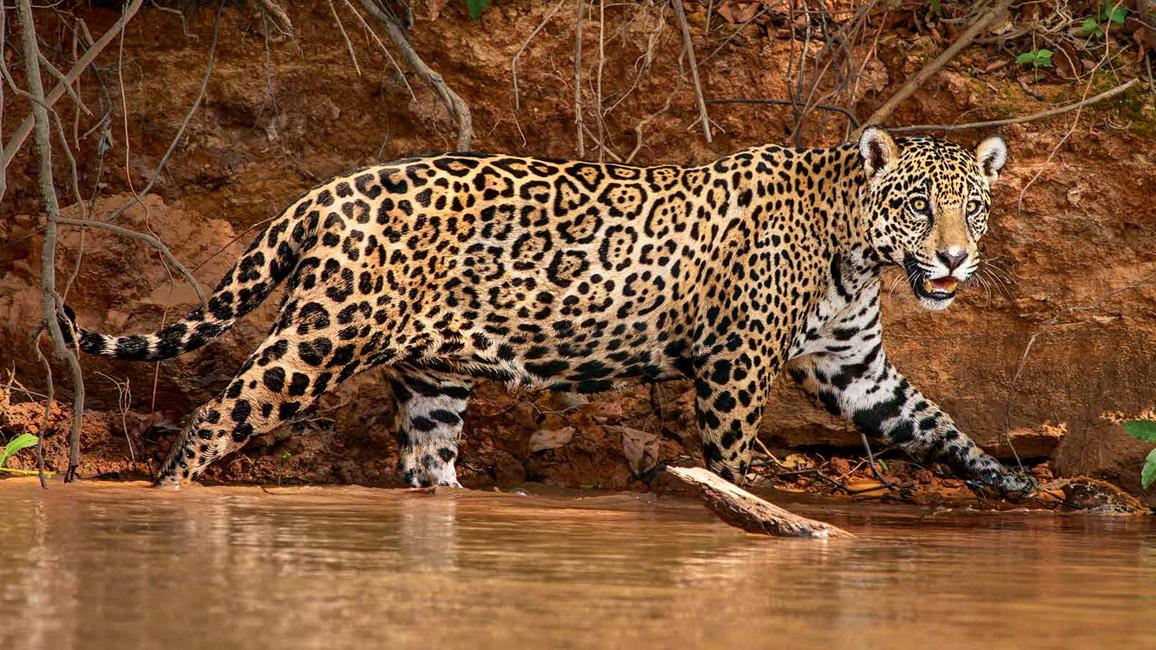
The jaguar is a powerful big cat native to the Americas, known for its striking golden coat with black rosettes. It is a skilled swimmer and apex predator.
-
Region of Habitat: Rainforests, wetlands, and grasslands of Central and South America
-
Scientific Name: Panthera onca
-
Feeding Habits: Carnivorous; hunts deer, capybaras, and even caimans
-
What Sound They Make: Roars, growls, and deep grunts
Fun Fact
Jaguars have the strongest bite force of all big cats, capable of crushing turtle shells and bones with ease.
2. Jackal
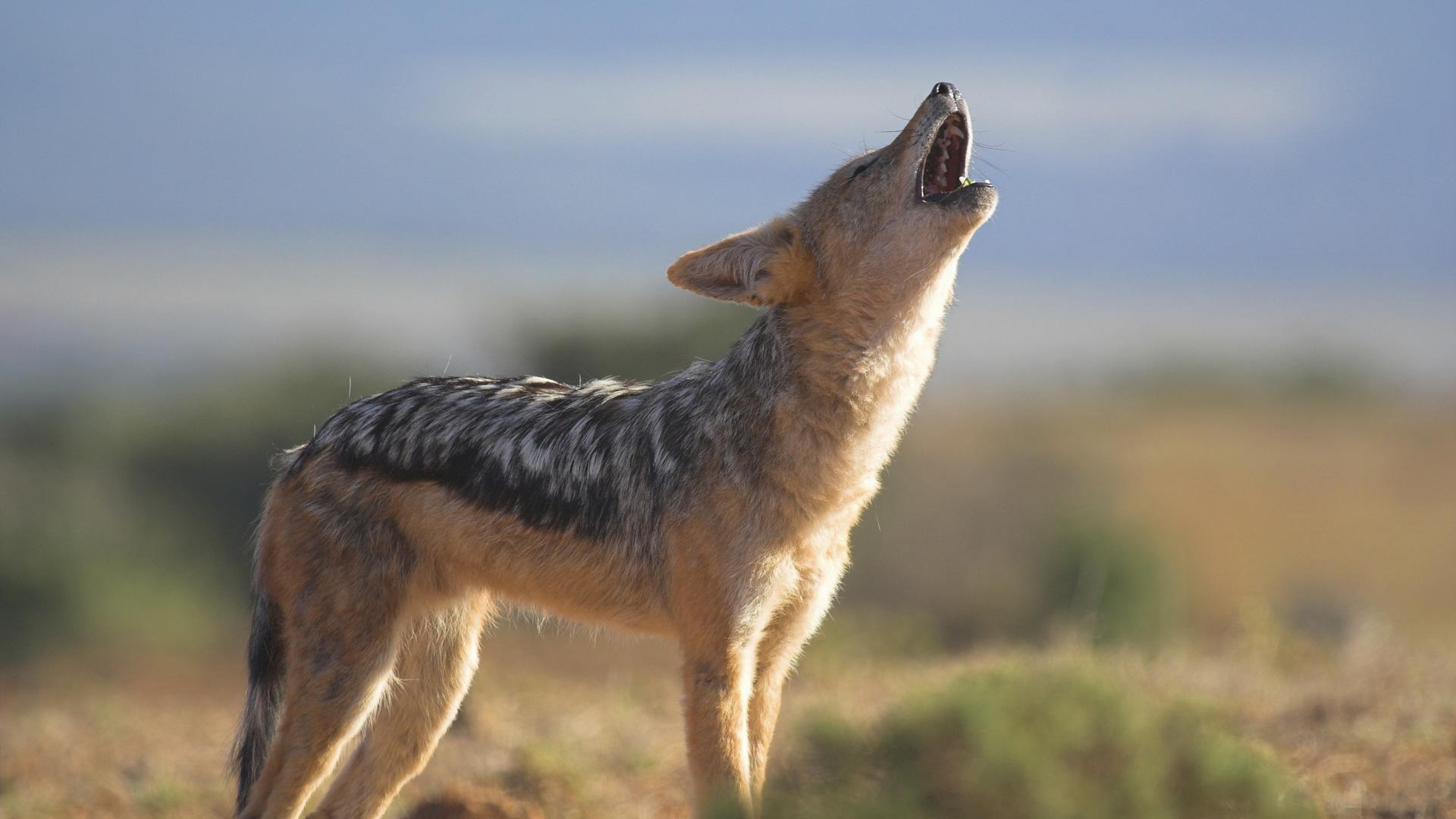
Jackals are medium-sized canines known for their adaptability and scavenging behavior. They live in diverse habitats, from savannas to deserts.
-
Region of Habitat: Africa, the Middle East, and South Asia
-
Scientific Name: Canis aureus (Golden Jackal), Canis mesomelas (Black-backed Jackal), Canis adustus (Side-striped Jackal)
-
Feeding Habits: Omnivorous; eats small mammals, birds, fruits, and carrion
-
What Sound They Make: Yelps, howls, and sharp barks
Fun Fact
Jackals form lifelong monogamous pairs and often hunt cooperatively with their mates.
3. Jellyfish
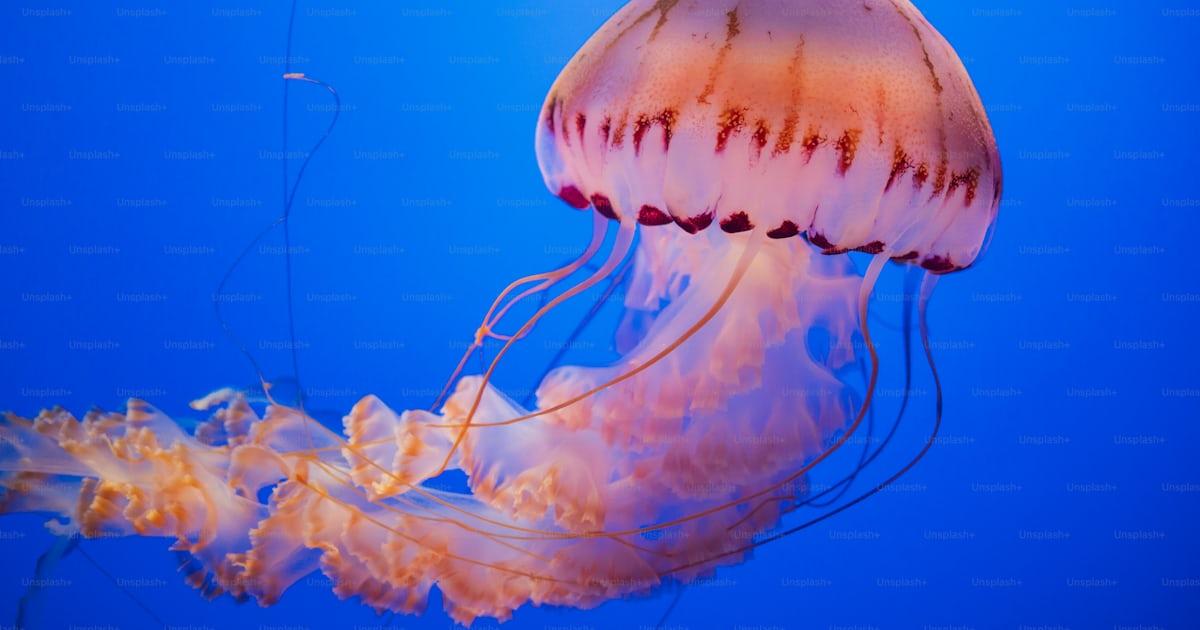
Jellyfish are soft-bodied marine creatures with umbrella-shaped bells and tentacles that sting. They have existed for over 500 million years.
-
Region of Habitat: Oceans worldwide, from surface waters to deep seas
-
Scientific Name: Scyphozoa (class)
-
Feeding Habits: Carnivorous; feeds on plankton, fish eggs, and small marine animals
-
What Sound They Make: Silent; they do not produce sounds
Fun Fact
Jellyfish have no brain or heart, but they can still detect light and move using pulsations.
4. Jack Russell Terrier

Jack Russell Terriers are energetic, intelligent, and small-sized hunting dogs originally bred for fox hunting. They are known for their strong prey drive.
-
Region of Habitat: Domesticated; originally bred in England
-
Scientific Name: Canis lupus familiaris
-
Feeding Habits: Omnivorous; dog food, meat, and vegetables
-
What Sound They Make: Barks, yaps, and growls
Fun Fact
Jack Russell Terriers can jump up to five times their body height due to their incredible agility.
5. Japanese Macaque
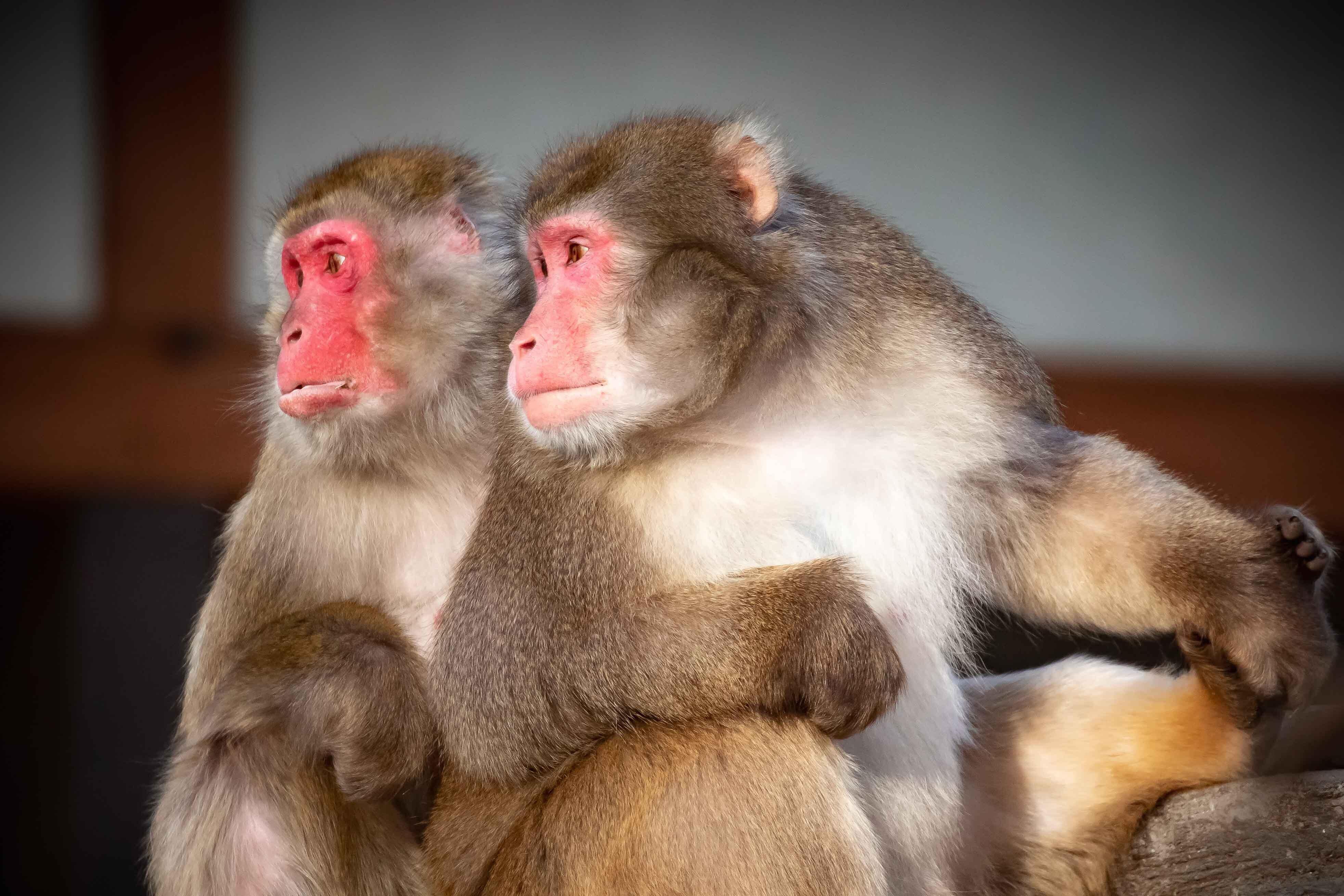
Also called the “snow monkey,” the Japanese Macaque is known for its thick fur and habit of soaking in hot springs during winter.
-
Region of Habitat: Japan, especially mountainous and forested areas
-
Scientific Name: Macaca fuscata
-
Feeding Habits: Omnivorous; eats fruits, seeds, insects, and small animals
-
What Sound They Make: Screeches, grunts, and coos
Fun Fact
Japanese Macaques have been observed washing their food before eating, a rare behavior in the animal kingdom.
6. Javan Rhinoceros
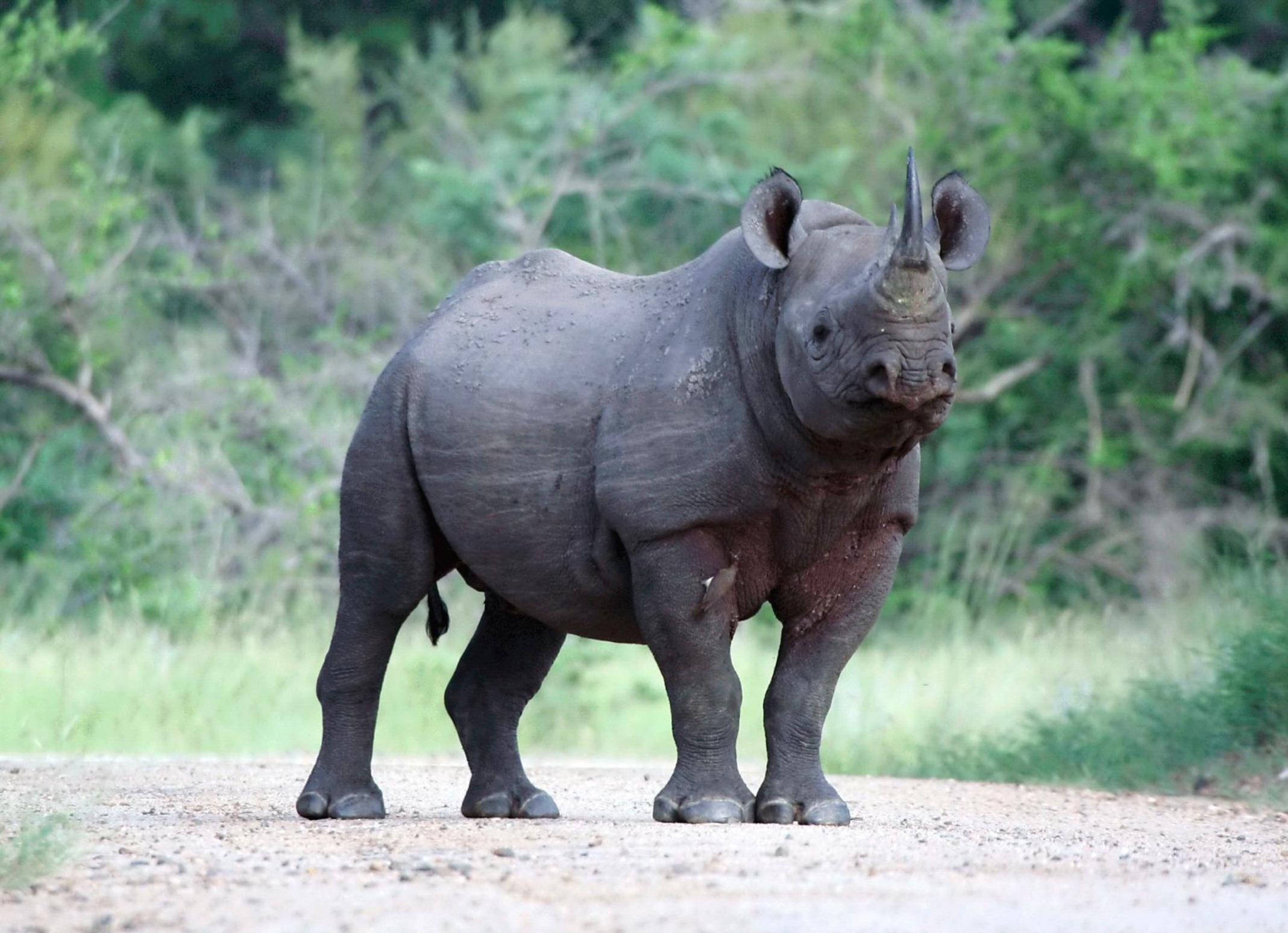
The Javan Rhinoceros is one of the rarest and most endangered rhino species, with fewer than 80 individuals left in the wild.
-
Region of Habitat: Ujung Kulon National Park, Indonesia
-
Scientific Name: Rhinoceros sondaicus
-
Feeding Habits: Herbivorous; consumes leaves, shoots, and fruit
-
What Sound They Make: Snorts, grunts, and whistles
Fun Fact
Unlike other rhinos, the Javan Rhinoceros has only one horn instead of two.
7. Jackrabbit
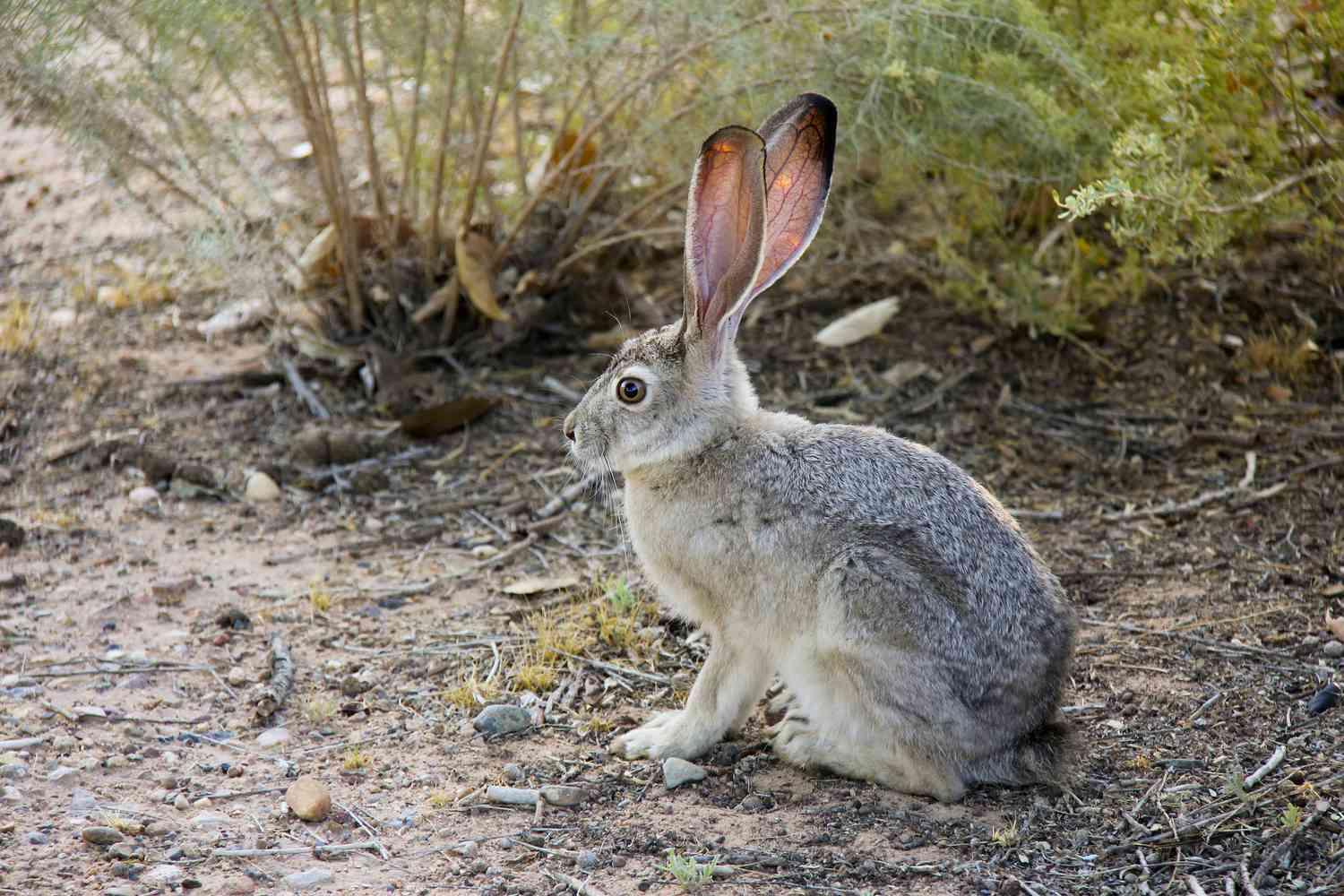
Despite its name, the jackrabbit is actually a type of hare, known for its long ears and incredible speed, reaching up to 40 mph.
-
Region of Habitat: North and Central America, especially deserts and grasslands
-
Scientific Name: Lepus californicus
-
Feeding Habits: Herbivorous; feeds on grass, twigs, and bark
-
What Sound They Make: Silent, but may thump the ground when alarmed
Fun Fact
Jackrabbits have large ears that help them regulate their body temperature in hot climates.
8. Javan Leopard
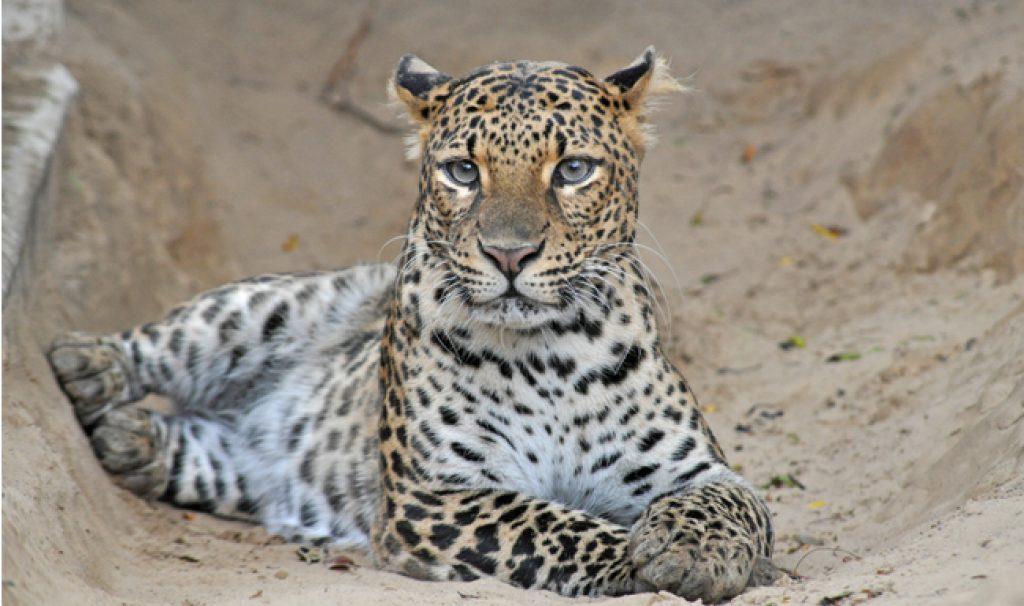
The Javan Leopard is a rare subspecies of leopard found only on the Indonesian island of Java. It has a sleek, golden-yellow coat with black spots.
-
Region of Habitat: Java, Indonesia
-
Scientific Name: Panthera pardus melas
-
Feeding Habits: Carnivorous; preys on deer, birds, and monkeys
-
What Sound They Make: Roars, growls, and chuffs
Fun Fact
Javan Leopards are excellent tree climbers and often drag their prey into trees for safekeeping.
9. Jerboa
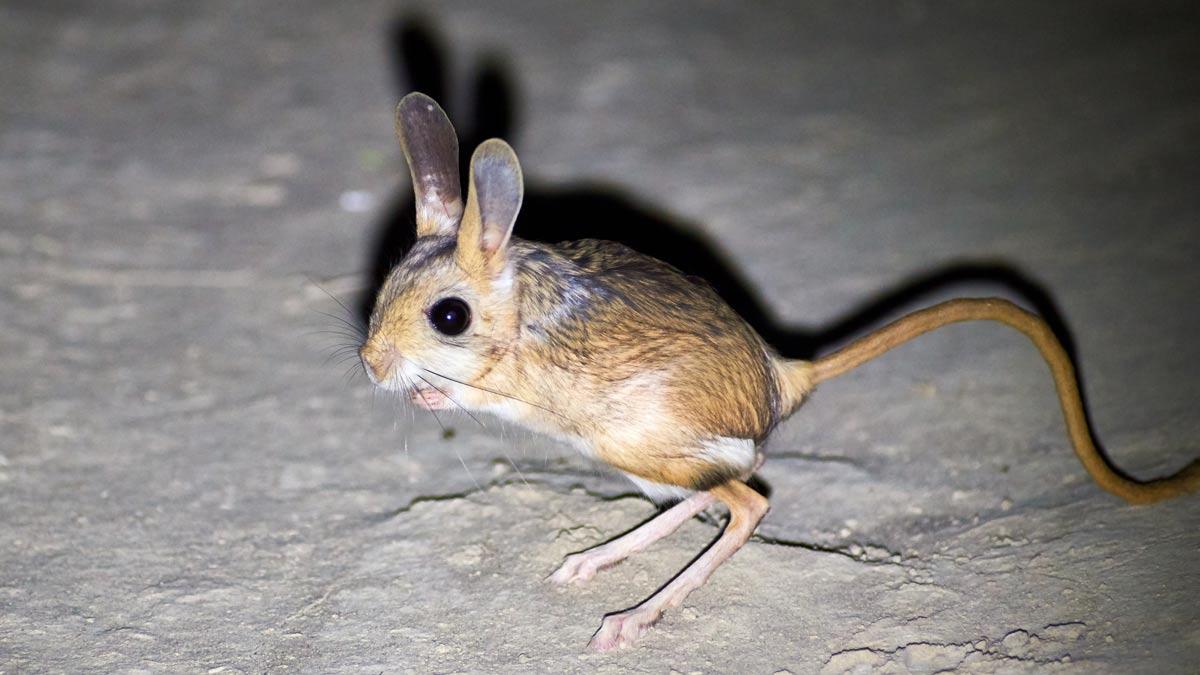
Jerboas are small, hopping rodents with long hind legs and tails, resembling miniature kangaroos. They are nocturnal and adapted to arid environments.
-
Region of Habitat: Deserts of North Africa, the Middle East, and Asia
-
Scientific Name: Dipodidae (family)
-
Feeding Habits: Herbivorous; eats seeds, roots, and insects
-
What Sound They Make: Soft squeaks and chirps
Fun Fact
Jerboas can jump up to ten times their body length in a single leap.
10. Japanese Beetle
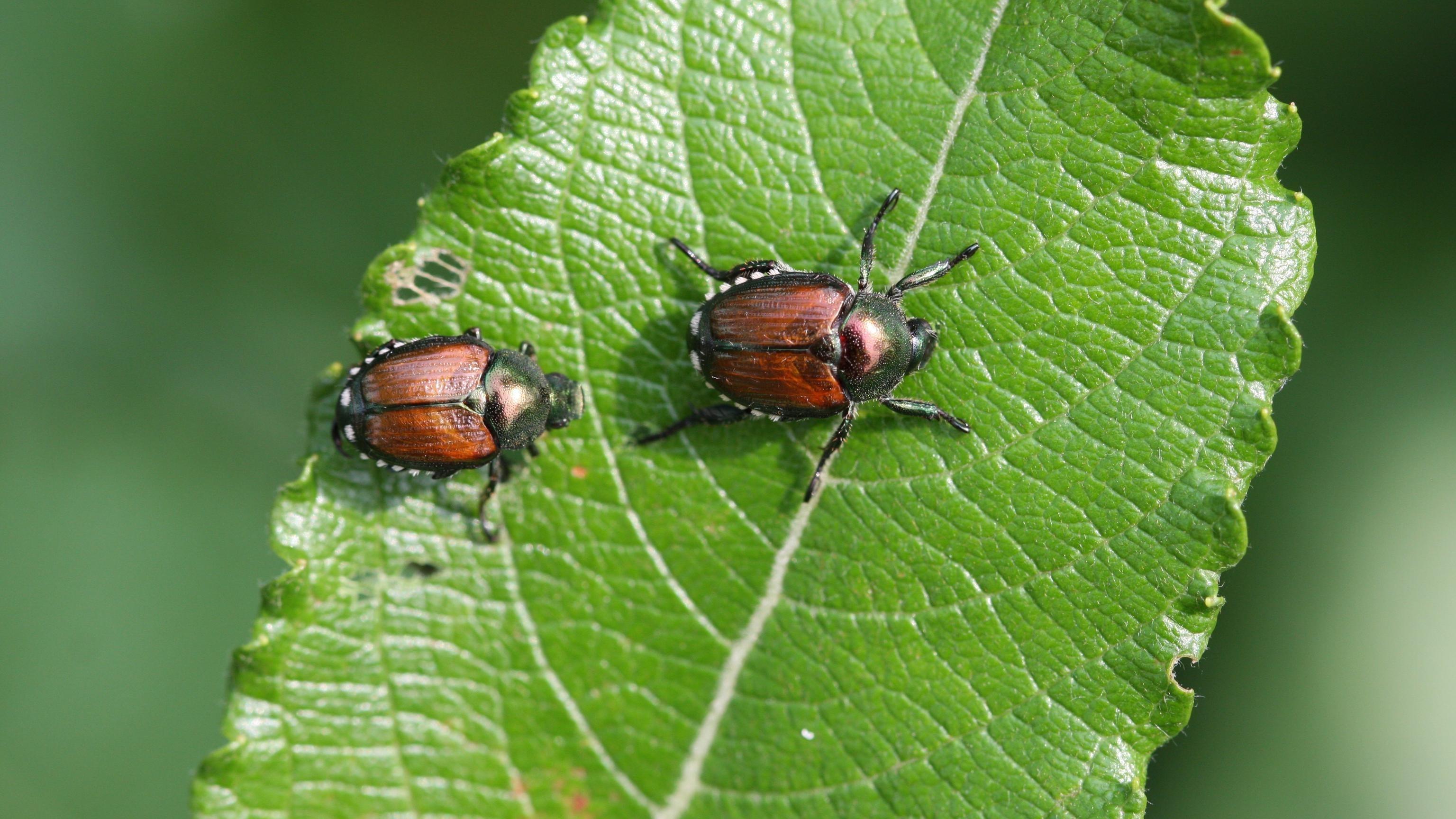
This metallic green and copper-colored beetle is a notorious agricultural pest that feeds on a variety of plants.
-
Region of Habitat: Native to Japan; invasive in North America and Europe
-
Scientific Name: Popillia japonica
-
Feeding Habits: Herbivorous; consumes leaves, flowers, and fruit
-
What Sound They Make: Soft buzzing when flying
Fun Fact
Japanese Beetles release pheromones to attract others, often resulting in large swarms on plants.
11. John Dory
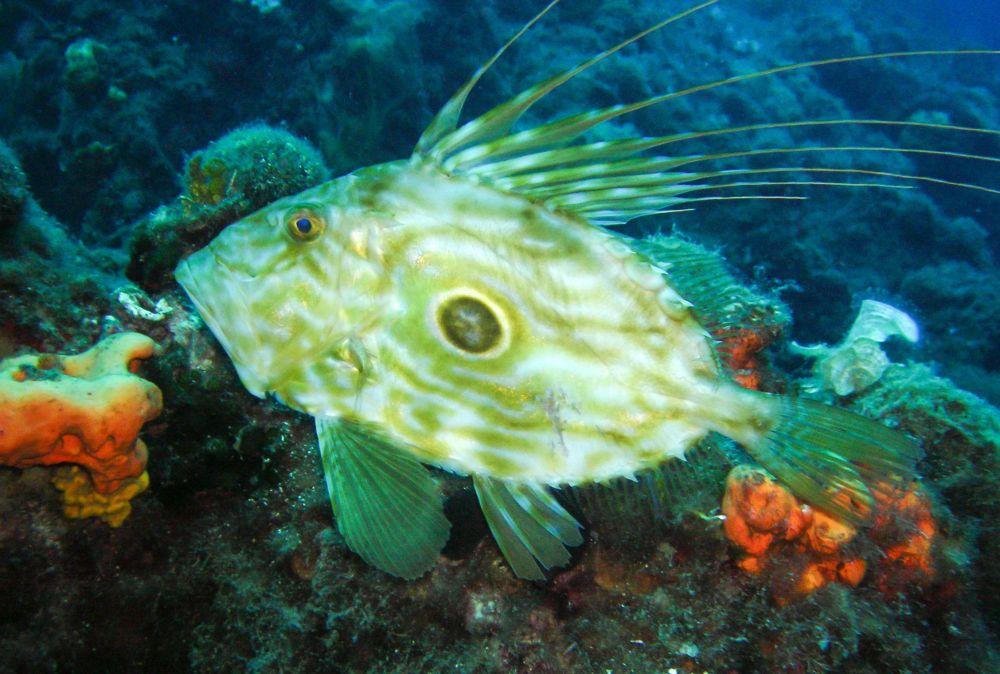
John Dory is a deep-bodied fish with a large dark spot on its side, believed to confuse predators.
-
Region of Habitat: Coastal waters of Europe, Australia, and Japan
-
Scientific Name: Zeus faber
-
Feeding Habits: Carnivorous; eats smaller fish and crustaceans
-
What Sound They Make: Silent
Fun Fact
The dark spot on the John Dory’s body is thought to be an “eye” that scares away predators.
12. Jumping Spider
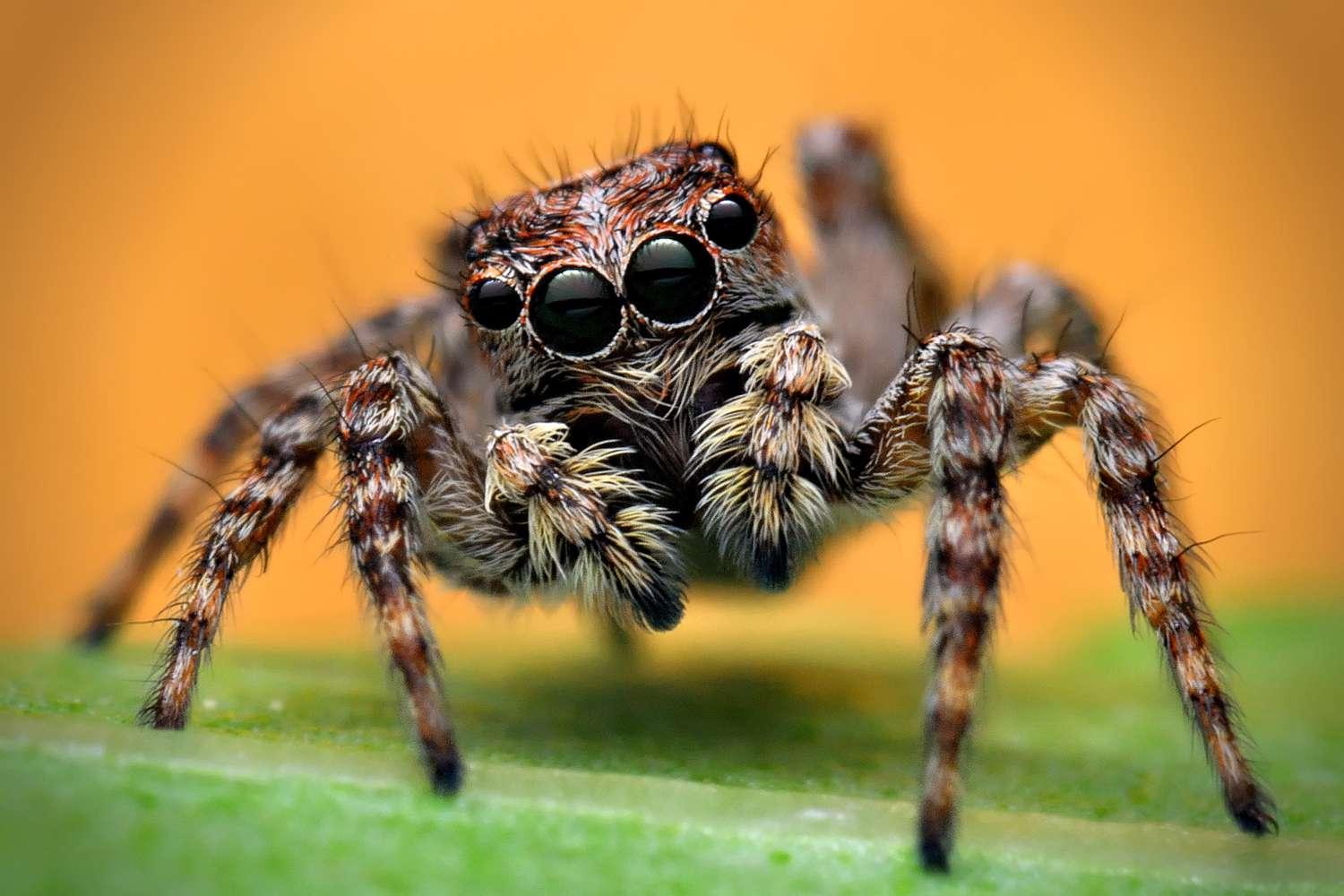
Jumping Spiders are known for their incredible leaping ability and excellent vision. They actively stalk and pounce on prey rather than spinning webs.
-
Region of Habitat: Worldwide, in forests, grasslands, and urban areas
-
Scientific Name: Salticidae (family)
-
Feeding Habits: Carnivorous; eats insects and small arthropods
-
What Sound They Make: Silent
Fun Fact
Jumping Spiders can see in full color and even recognize human faces.
13. Jay
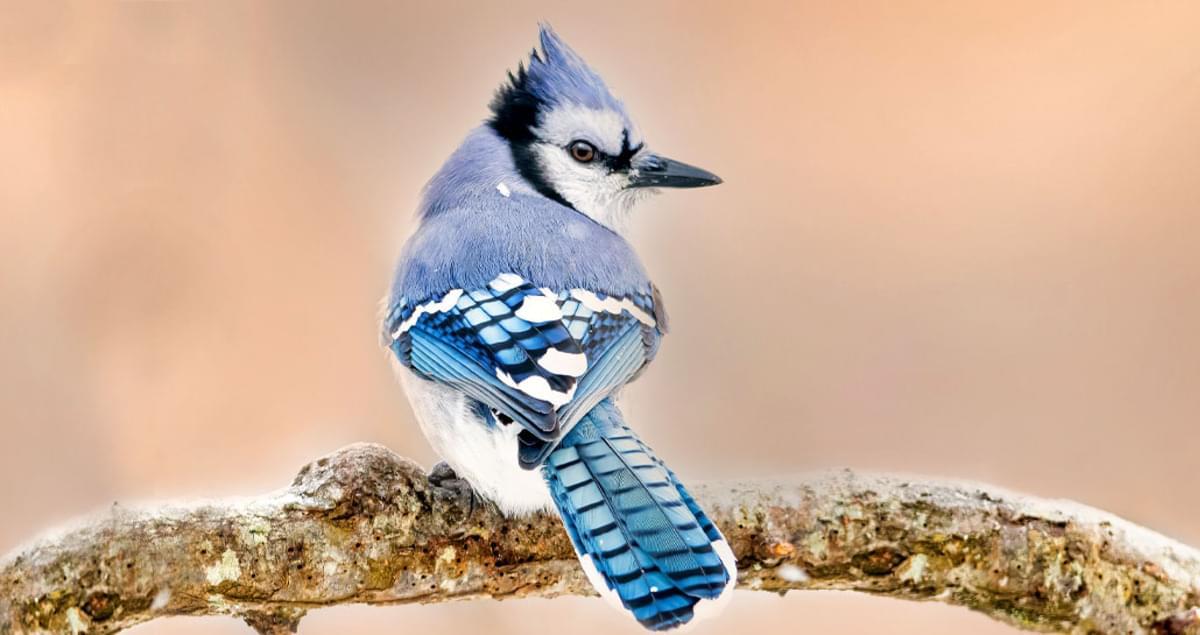
Jays are highly intelligent, colorful birds known for their loud calls and ability to mimic sounds.
-
Region of Habitat: Europe, North America, and Asia
-
Scientific Name: Garrulus glandarius (Eurasian Jay), Cyanocitta cristata (Blue Jay)
-
Feeding Habits: Omnivorous; eats seeds, nuts, insects, and small animals
-
What Sound They Make: Loud squawks and mimicry of other birds
Fun Fact
Jays have excellent memory and can recall hundreds of locations where they hide food.
14. Javanese Cat
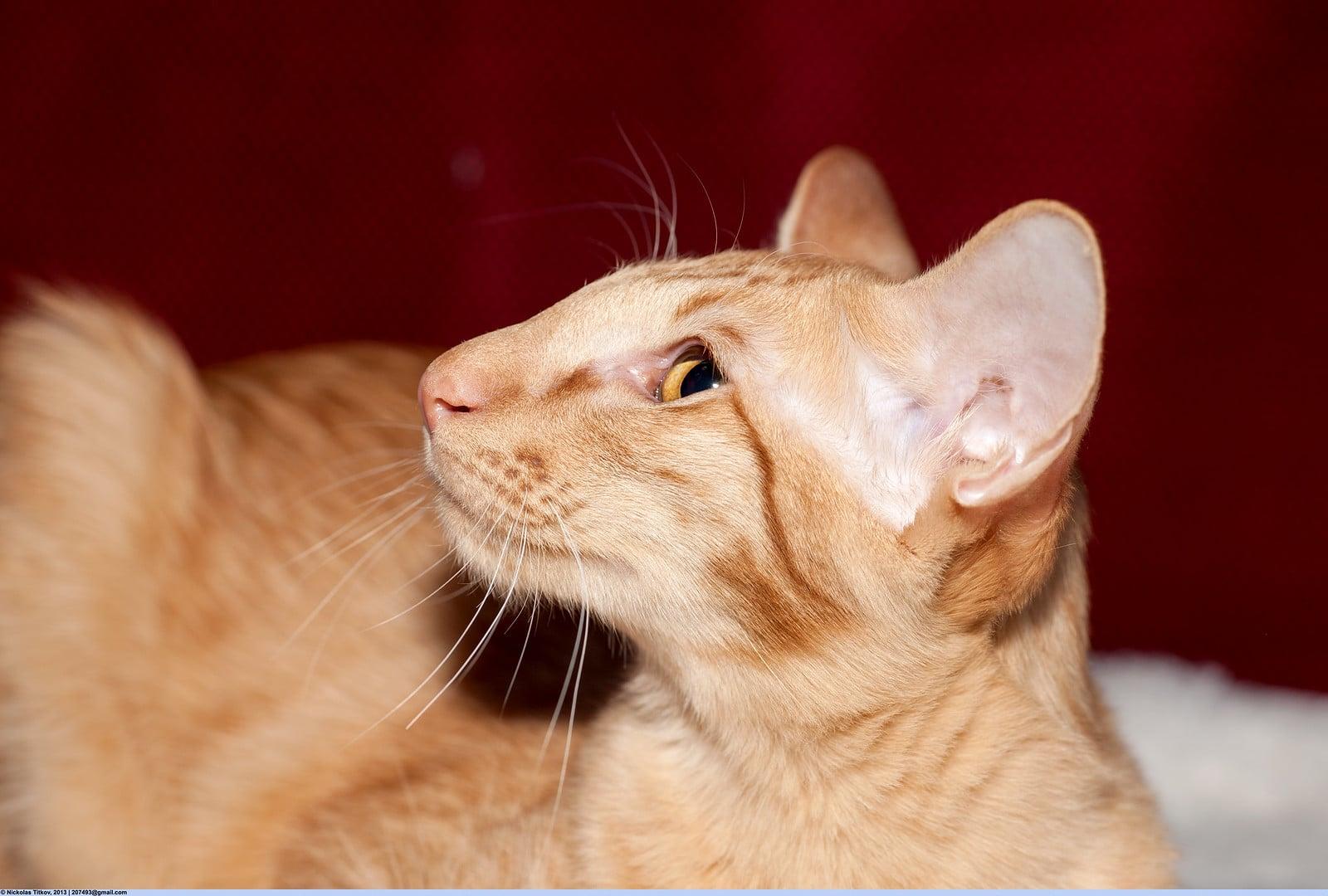
The Javanese Cat is a sleek, vocal breed known for its affectionate nature and cute appearance.
-
Region of Habitat: Domesticated, originated from North America
-
Scientific Name: Felis catus
-
Feeding Habits: Carnivorous; eats cat food, meat, and fish
-
What Sound They Make: Meows, trills, and purrs
Fun Fact
Javanese Cats are known to follow their owners around and “talk” frequently.
15. Japanese Quail
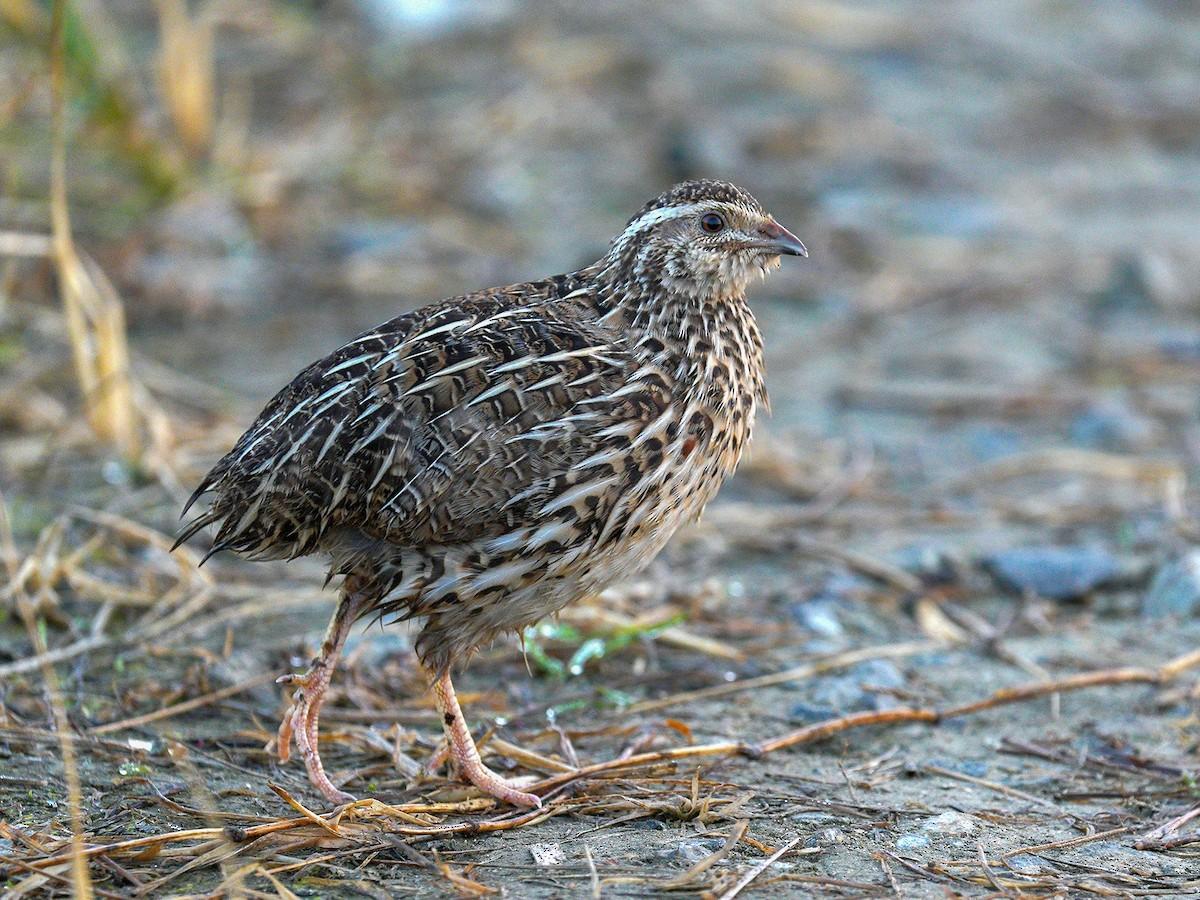
The Japanese Quail is a small, brown-speckled bird known for its fast maturity and high egg production.
-
Region of Habitat: East Asia, domesticated worldwide
-
Scientific Name: Coturnix japonica
-
Feeding Habits: Omnivorous; eats seeds, insects, and grains
-
What Sound They Make: Soft chirps and trills
Fun Fact
Japanese Quails were once used in experiments to study the effects of zero gravity.
Some More Animals that Start with The Letter “J”
16. Jabiru
17. Jacana
18. Jack Crevalle
19. Jack Russells
20. Jack-Chi
21. Jackabee
22. Jackdaw
23. Jackson’s Chameleon
24. Jagdterrier
25. Jaguarundi Cat
26. Jamaican Boa
27. Jamaican Iguana
28. Japanese Bantam Chicken
29. Japanese Chin
30. Japanese Rat Snake
31. Japanese Spitz
32. Japanese Squirrel
33. Japanese Terrier
34. Javanese
35. Jewel Beetle
36. Jonah Crab
37. Joro Spider
38. Josephoartigasia monesi
39. Jungle Carpet Python
40. Junglefowl
41. Jacamar
42. Jack Russel
43. Jaeger
44. Jaguarundi
45. Japanese Hare
46. Japanese Mole
47. Javan Langur
48. Javan Pig
49. Javan Pipistrelle
50. Javan Slit-faced Bat
51. Javan Tree Shrew
52. Jico Deer Mouse
53. Junco
54. Jungle Cat
55. Jungle Palm Squirrel
56. Jungle Shrew
57. Junin Grass Mouse
58. Junin Red Squirrel
59. Juniper Vole
60. Javelina
61. Jerdon’s Courser
62. Japanese Crane
63. Java Sparrow
64. Jackalope
65. Jentink’s Duiker
66. Javelin Sand Boa
67. Jacob Sheep
68. Jindo Dog
69. Jämthund
70. Jersey Cow
71. Java Chicken
72. Jinhua Pig
73. Jutland Horse
74. Jamaica Hope
75. Javanese Duck
76. Jijel Dog
77. Jiddu Goat
78. Jonica Goat
79. Jaulan Goat
80. Jamnapari Goat
81. Jingjiang Pony
82. Jura Laufhund
83. Jack Mackerel
84. Japanese Spider Crab
85. Jawfish
86. Jewel Squid
87. Jellynose Fish
88. Jumbo Squid
89. Janthina Snail
90. Javanese Cownose Ray
91. John’s Snapper
92. Jumping Swordfish
93. Jollytail
94. Jaguar Guapote
95. Japanese Flying Squid
96. Javelin Fish
97. Japanese Saw Shark
98. Joculator Angelfish
99. Jacopever
100. Javan Gibbon
101. Japanese Serow
102. Jerdon’s Baza
103. Jabiru Stork
104. Jaguarondi
105. Jaguar Cichlid
106. Jerdon’s Mouse
107. Jerdon’s Kangaroo Rat
108. Jerboa Rat
109. Japanese Weasel
110. Jet Squirrel
111. Johnson’s Cottontail
112. Java Mouse-deer
113. June Beetle
114. Jerusalem Cricket
115. Japanese Giant Hornet
116. Jadera Bug
117. Jassid Bug
118. Jewel Wasp
119. Jumping Bean Moth
120. Jungle Cockroach
121. Japanese Oak Silk Moth
122. Juniper Hairstreak Butterfly
123. Jewel Caterpillar
124. Jumping Bristletail
125. Japanese Pond Snail
126. Jumping Gall Wasp
127. Jewel Longhorn Beetle
128. Jamaican Burrowing Cricket
129. Jewel Scarab Beetle
130. Jack Snipe
131. Japanese Thrush
132. Jungle Crow
133. Jungle Owlet
134. Jamaican Tody
135. Japanese White-eye
136. Japanese Cormorant
137. Jacana Spinosa
138. Jenday Conure
139. Japanese Giant Salamander
140. Jeweled Lacerta
141. Jeweled Gecko
142. John’s Beaked Gecko
143. Juvenile Monitor Lizard
144. Javelin Lizard
145. Jaraqui
146. Jabuti
147. Japalura
148. Jameson’s Mamba
149. Japanese Forest Turtle
150. Jeweled Anole
151. Jonai
Final Notes
From the tiniest jumping mouse to the biggest jaguar, these animals prove that the letter J is packed with wild wonders!
Each creature has its own special story – some are super fast, some are super strong, and some are just plain weird in the most amazing ways.
Nature never stops surprising us with its cool tricks and unexpected designs.
Leave a comment below and tell us which J animal surprised you the most! Remember to share your thoughts with your friends and animal-loving buddies.
If you’re interested in more informative animal and wildlife content, feel free to click here and explore other blogs that you might enjoy!

